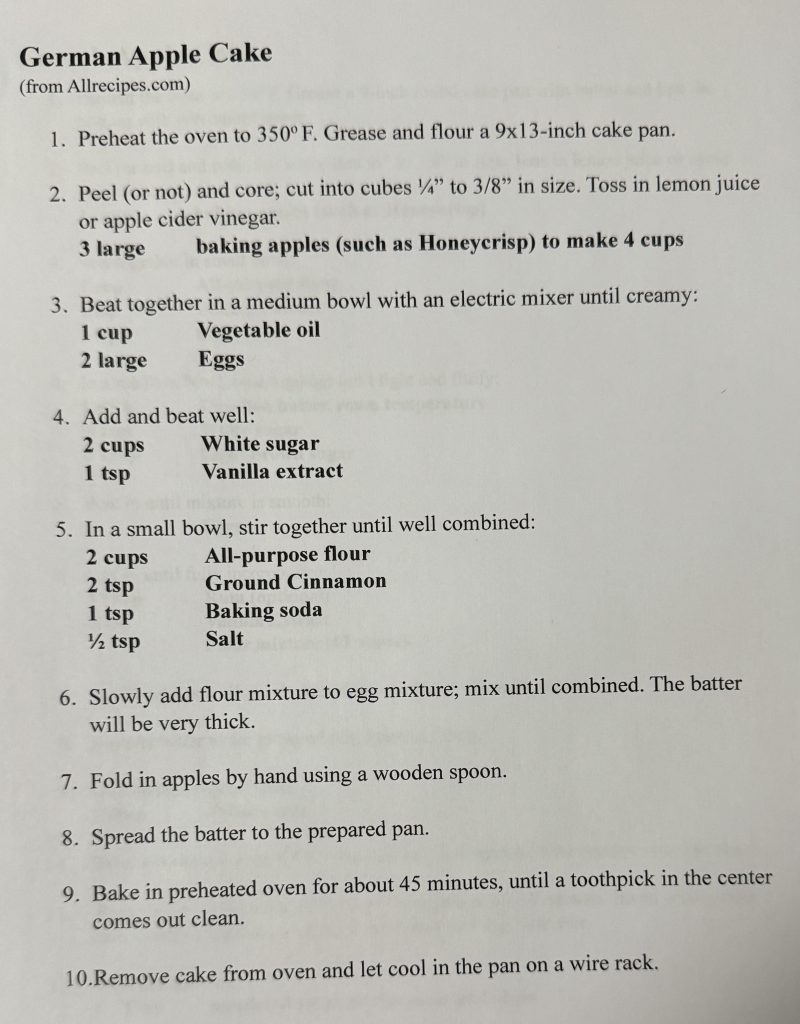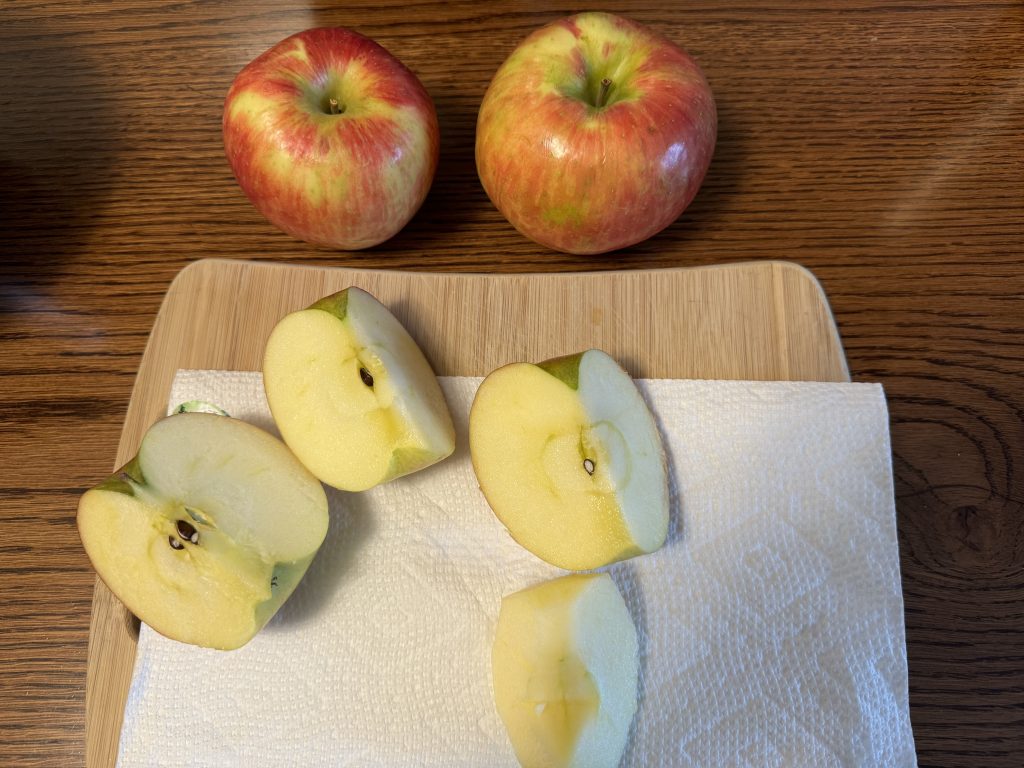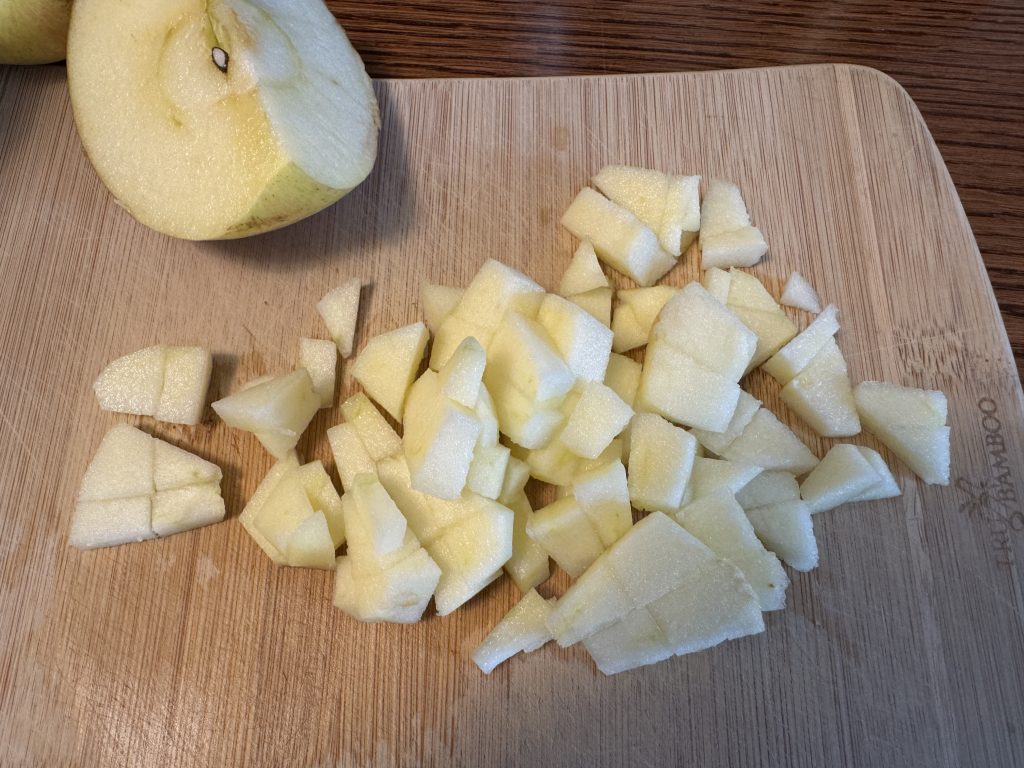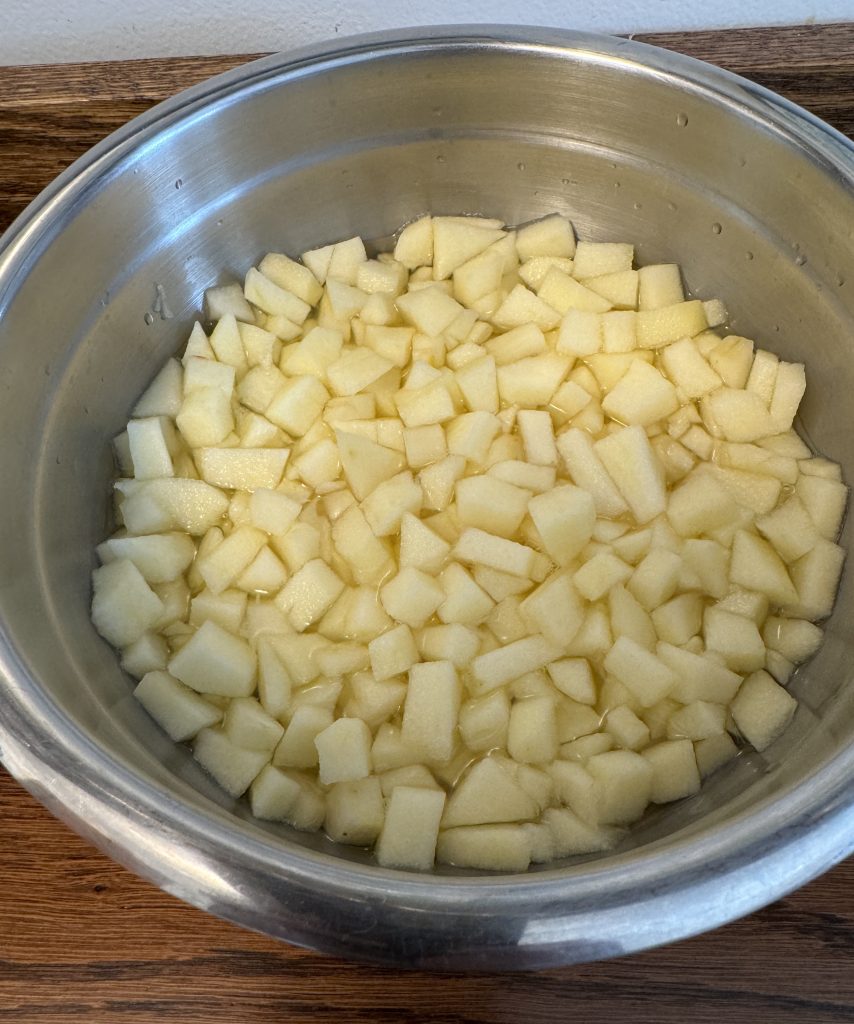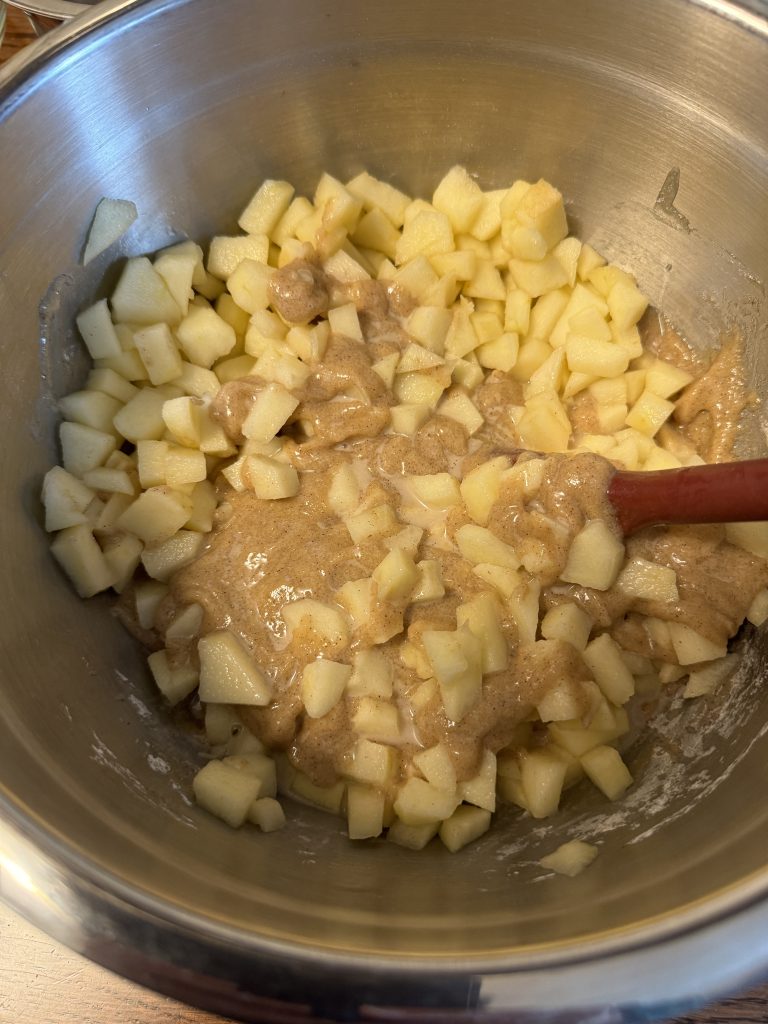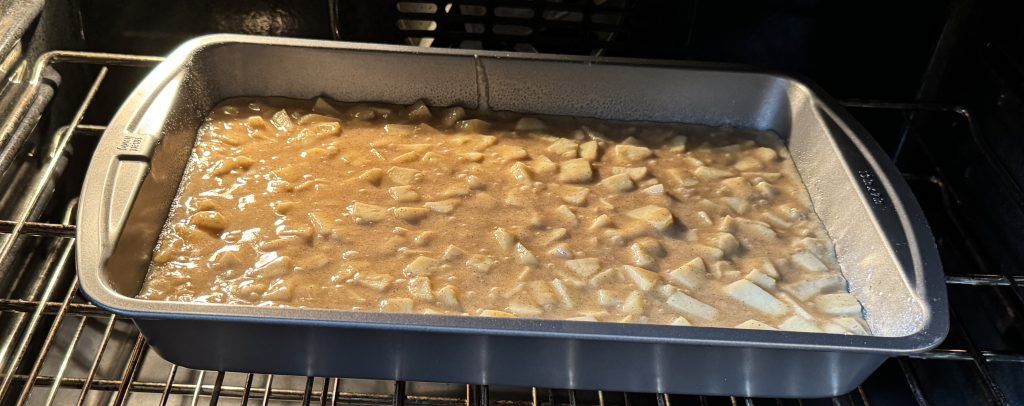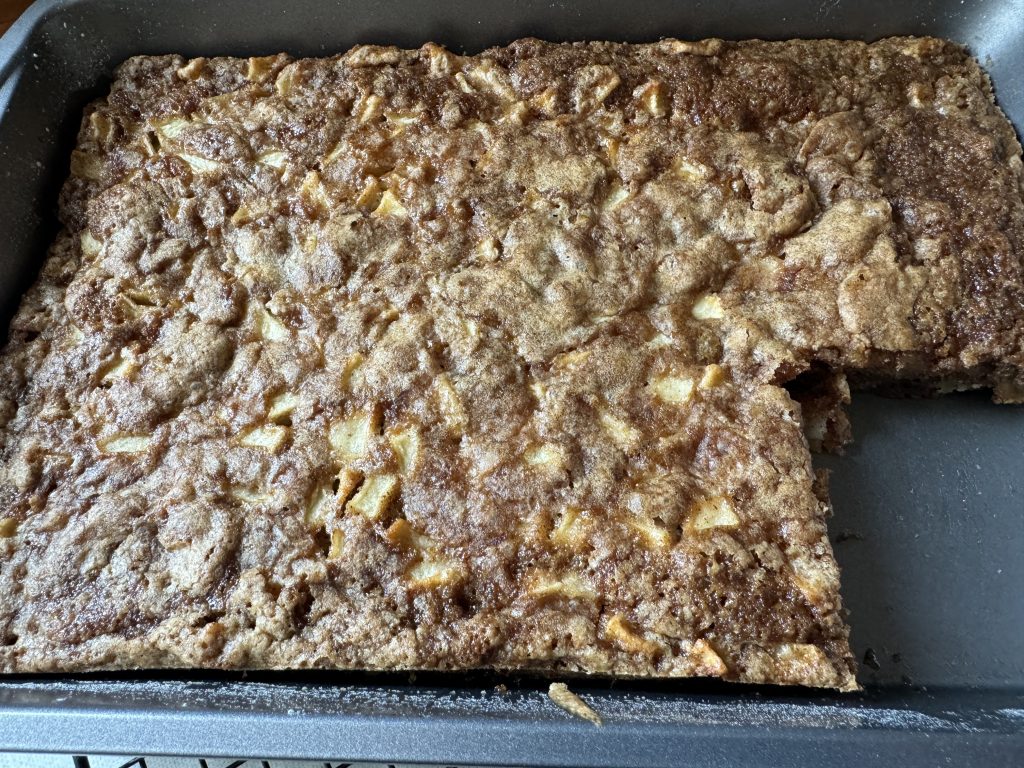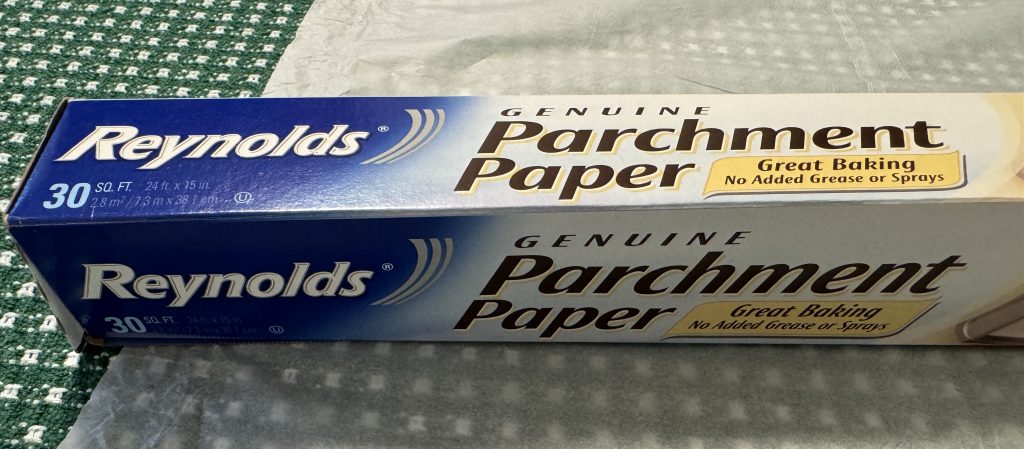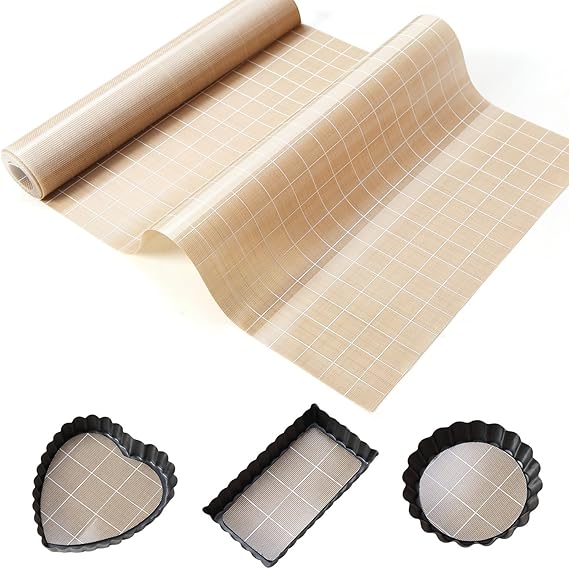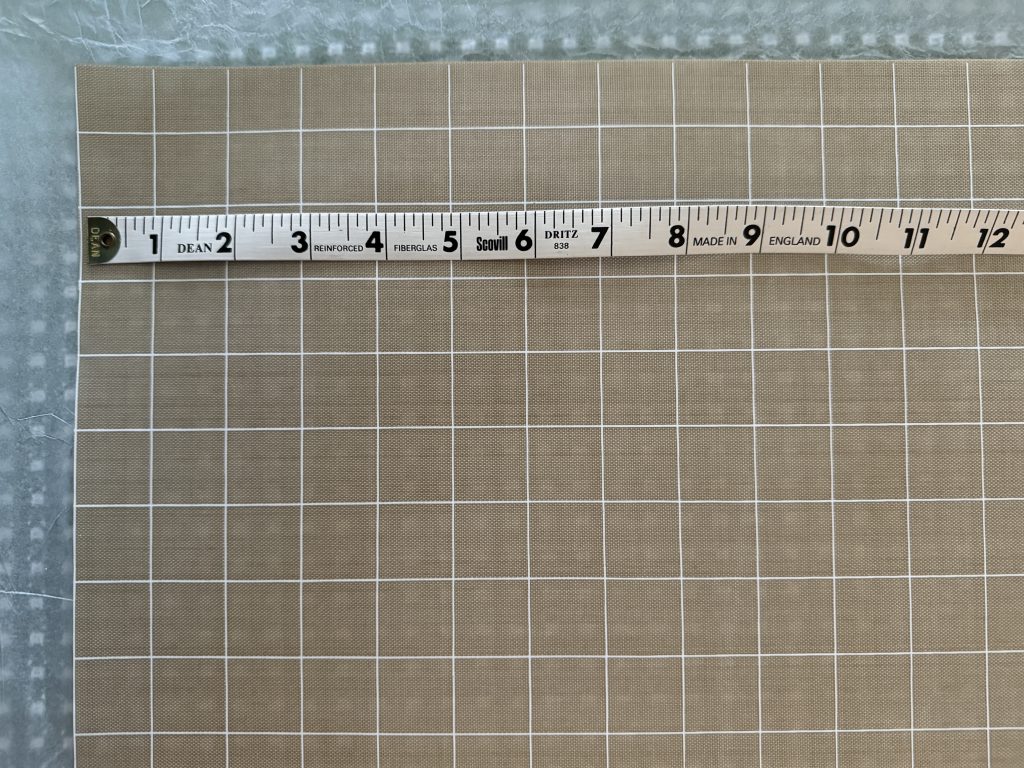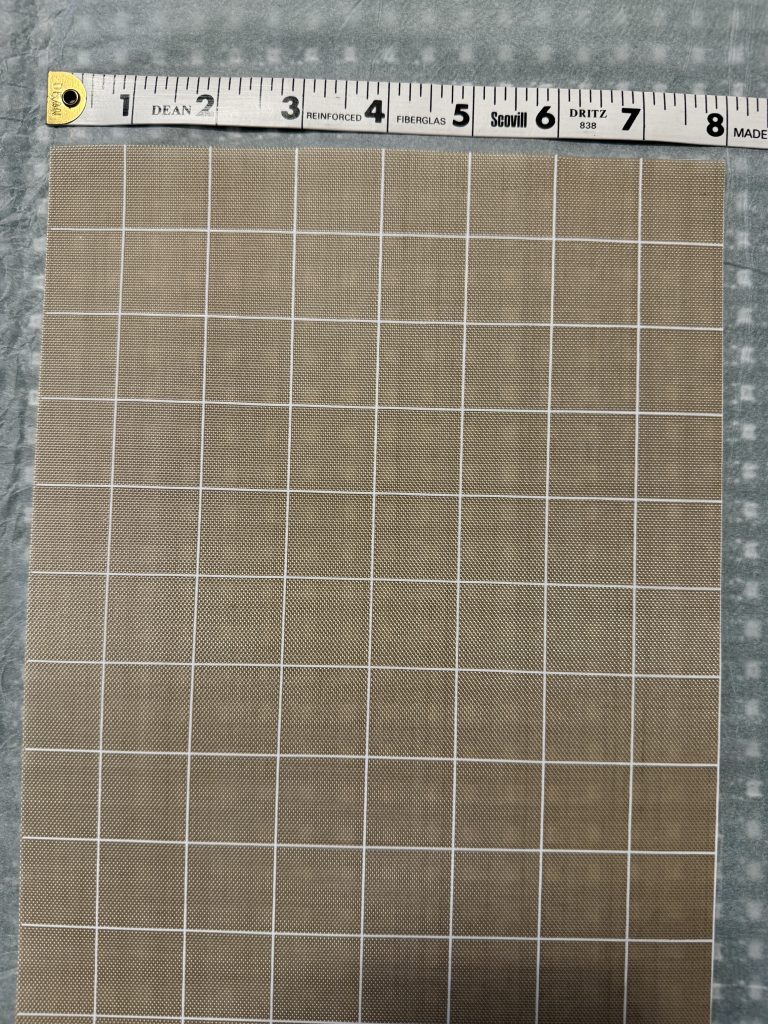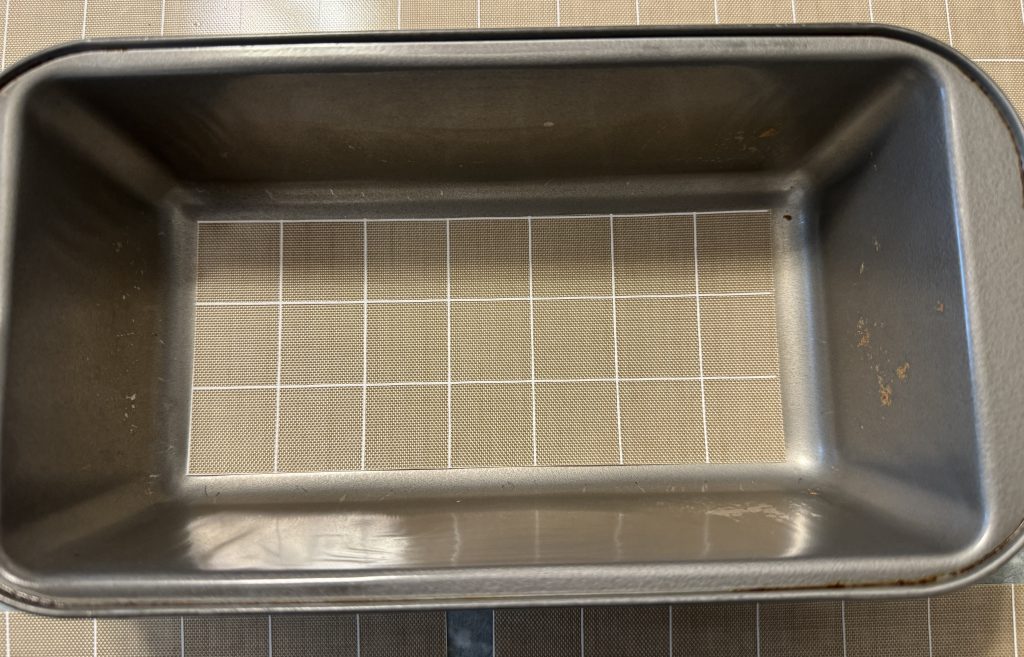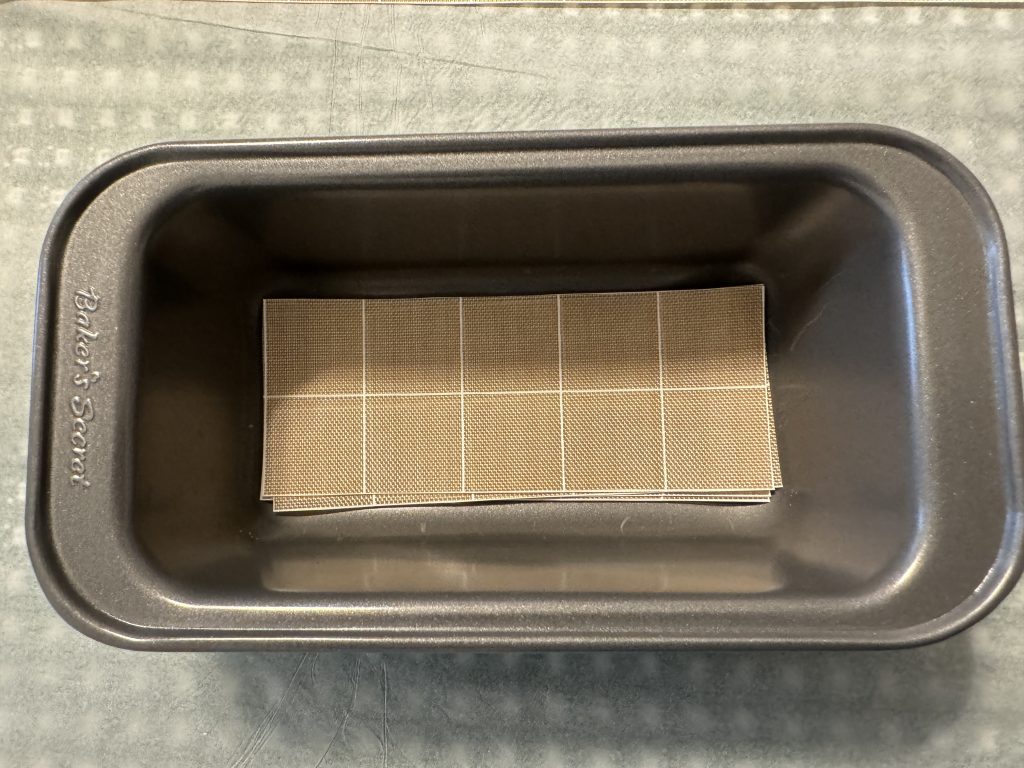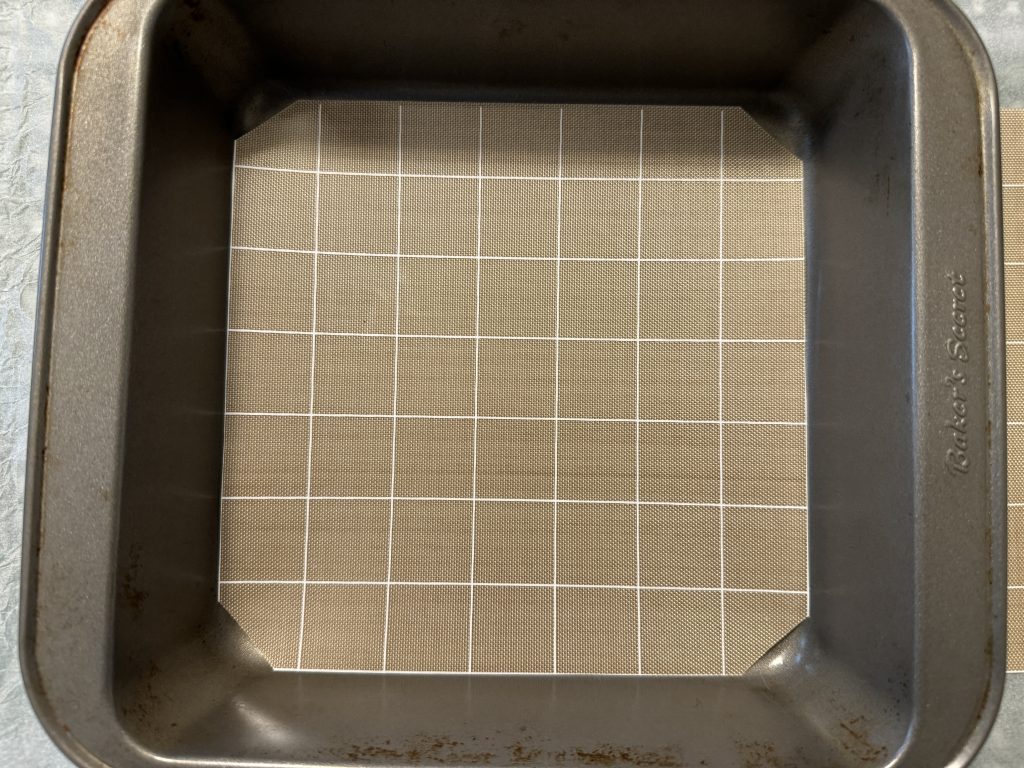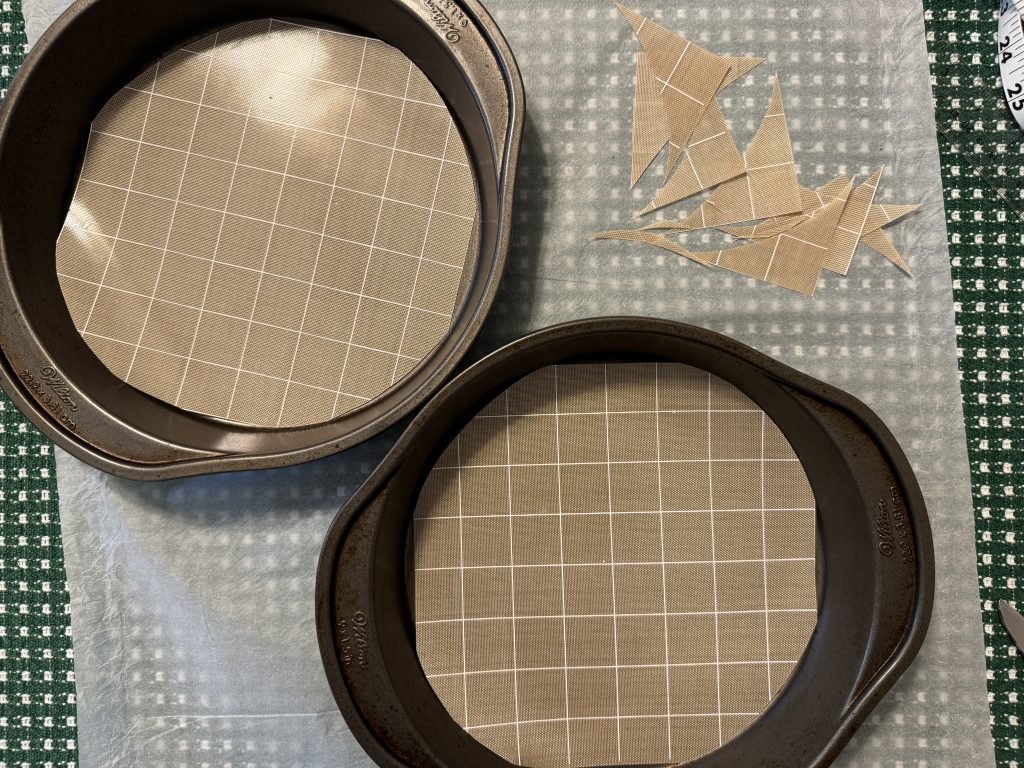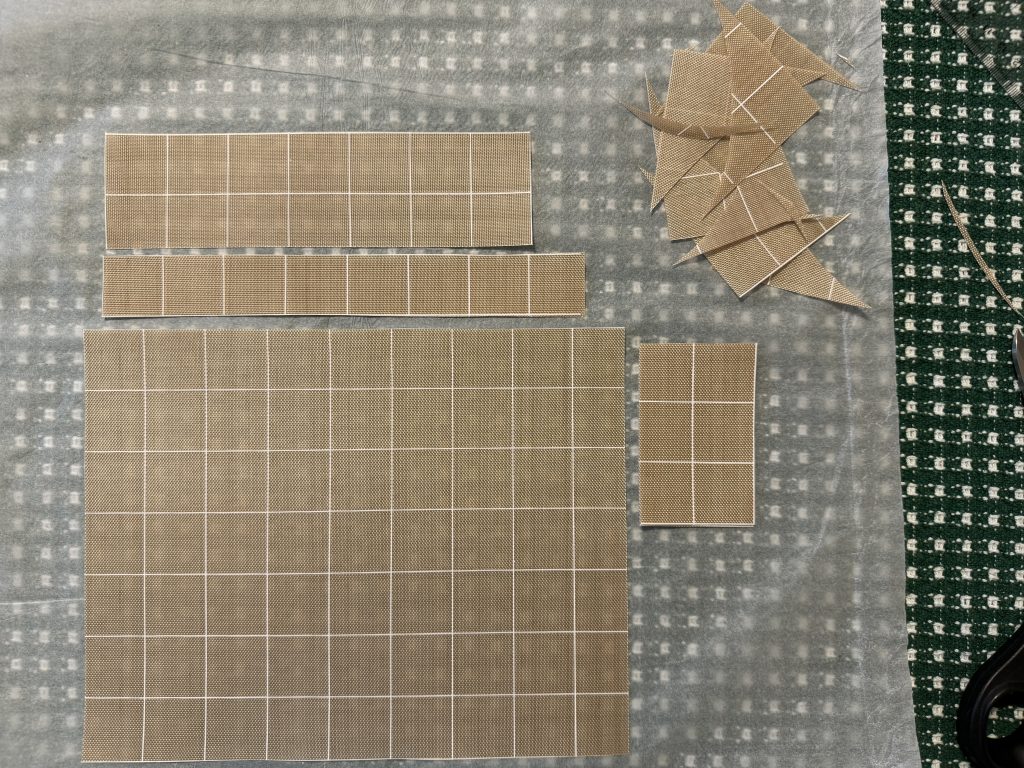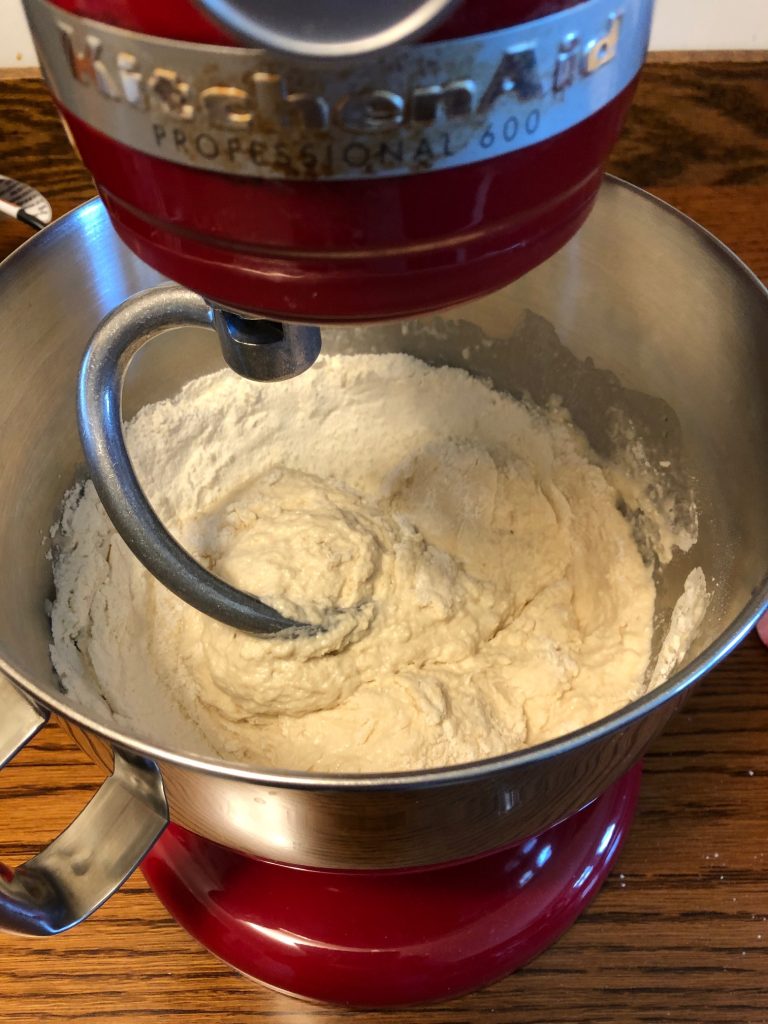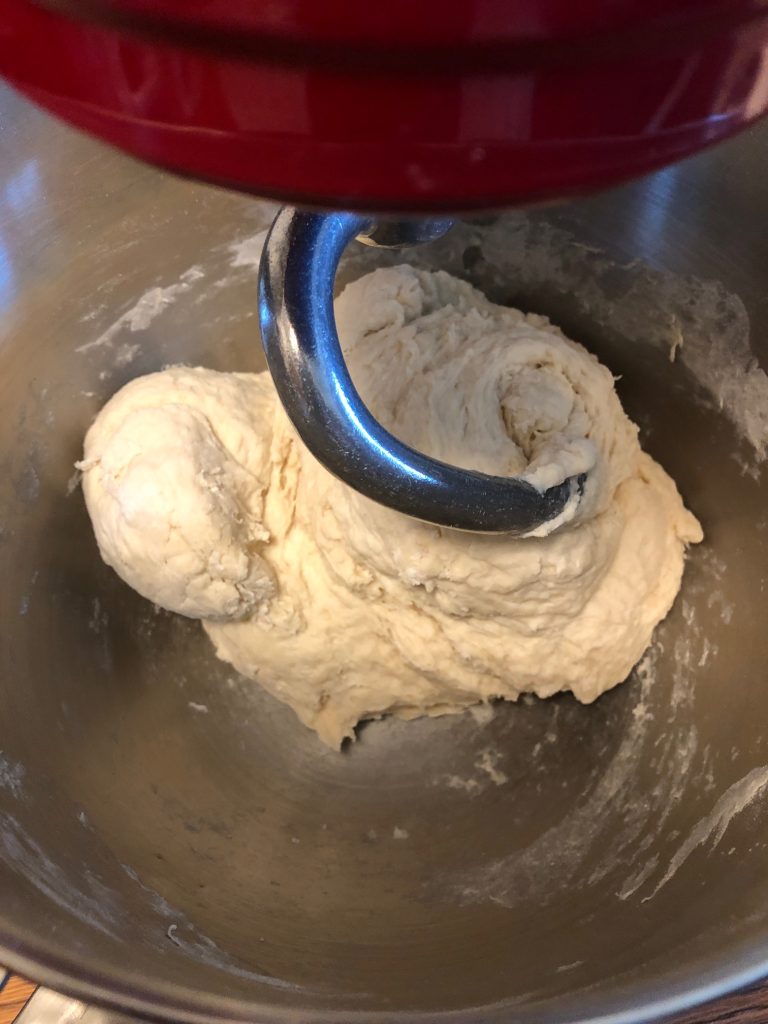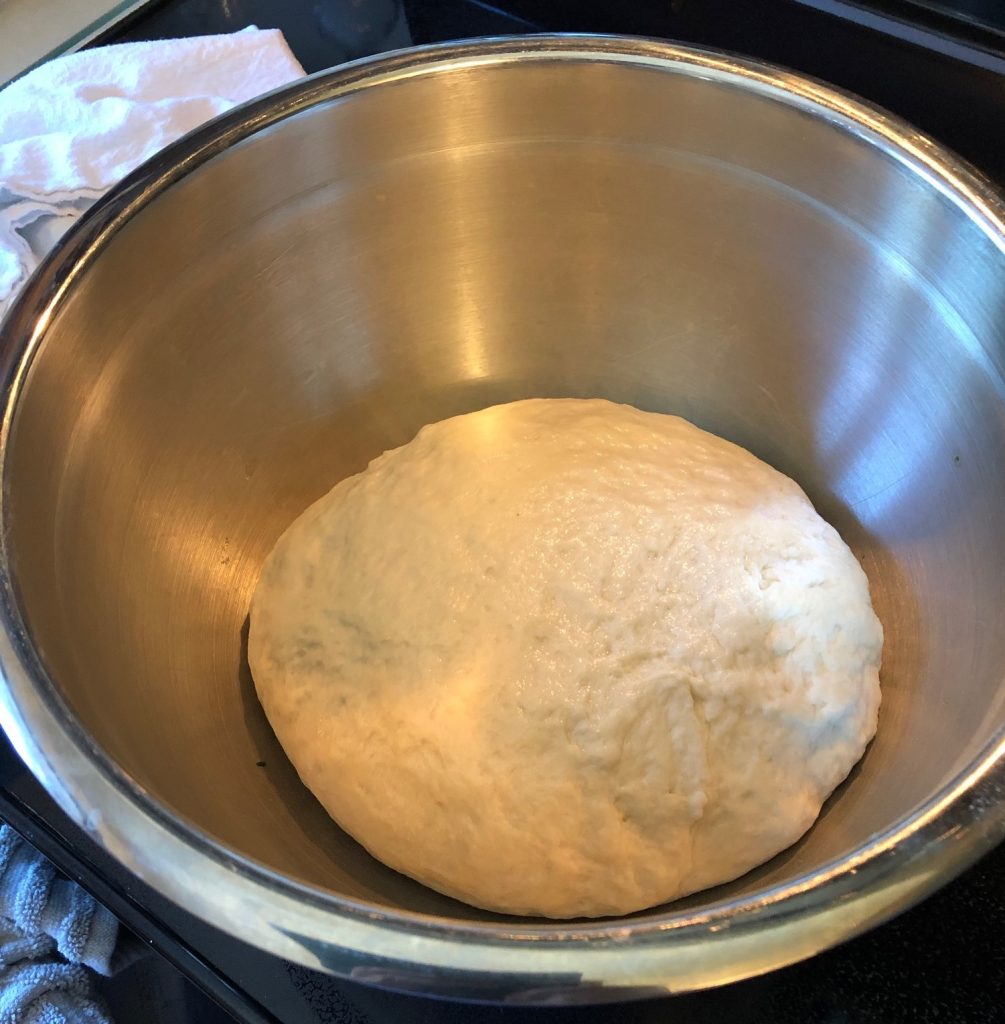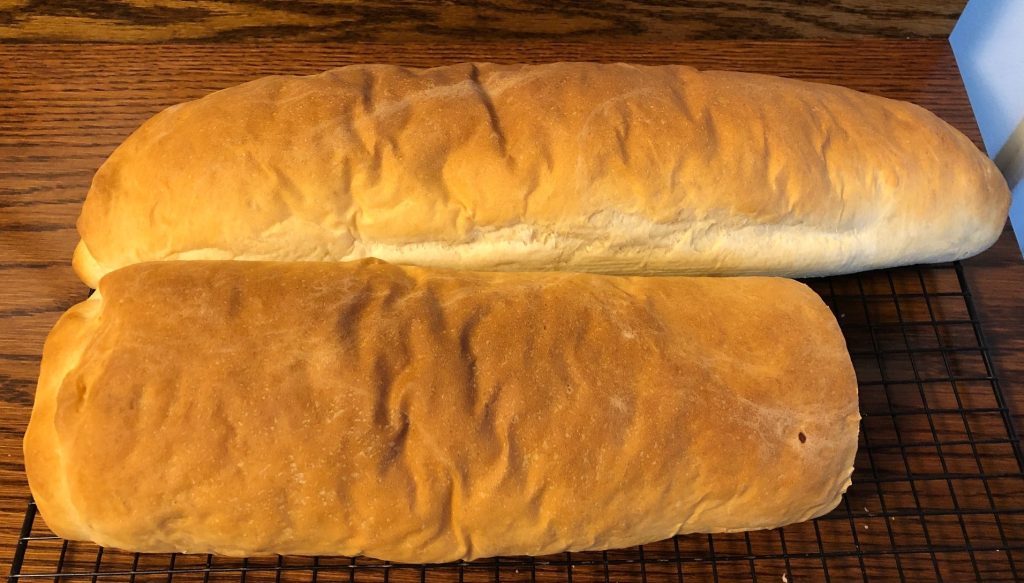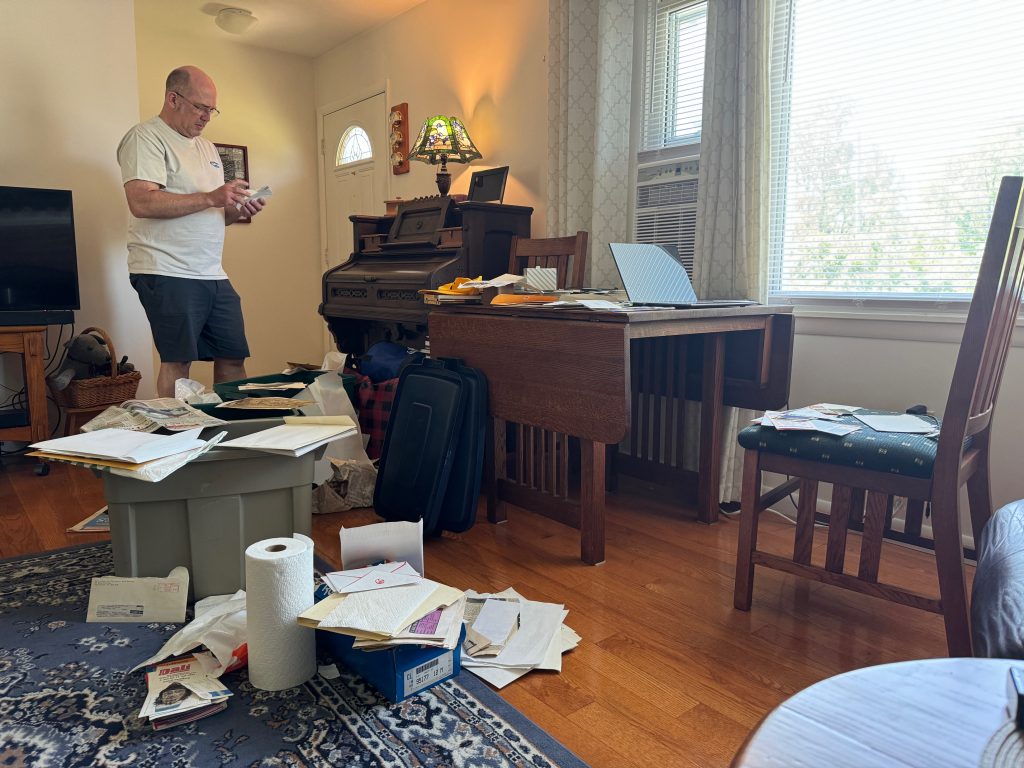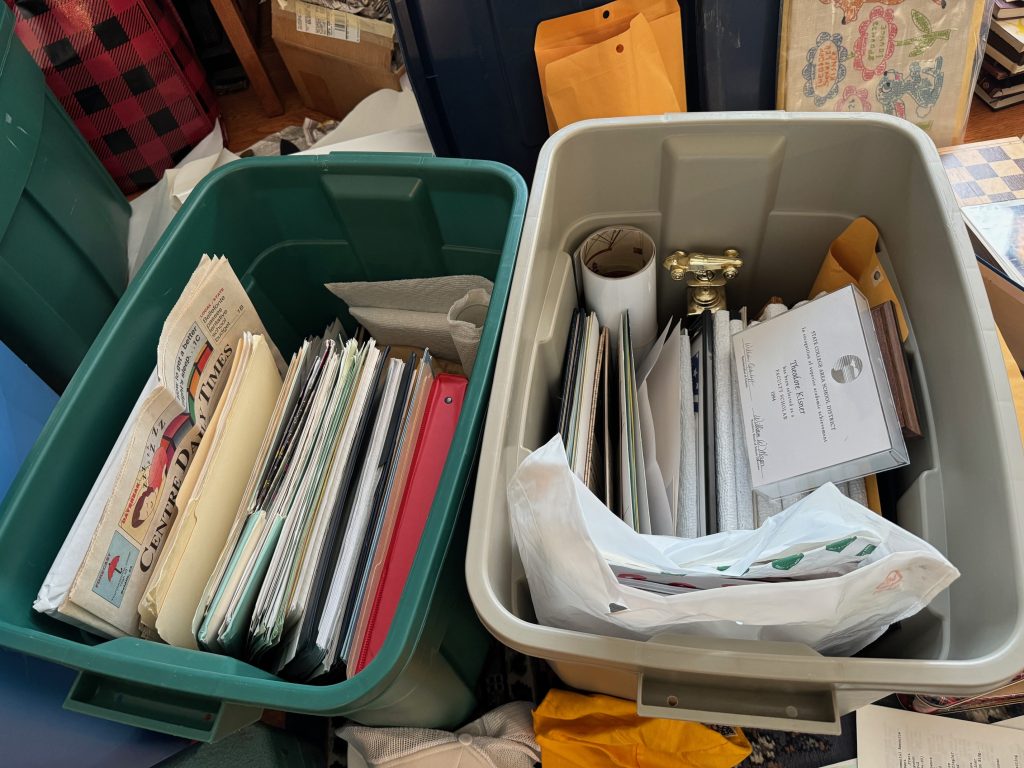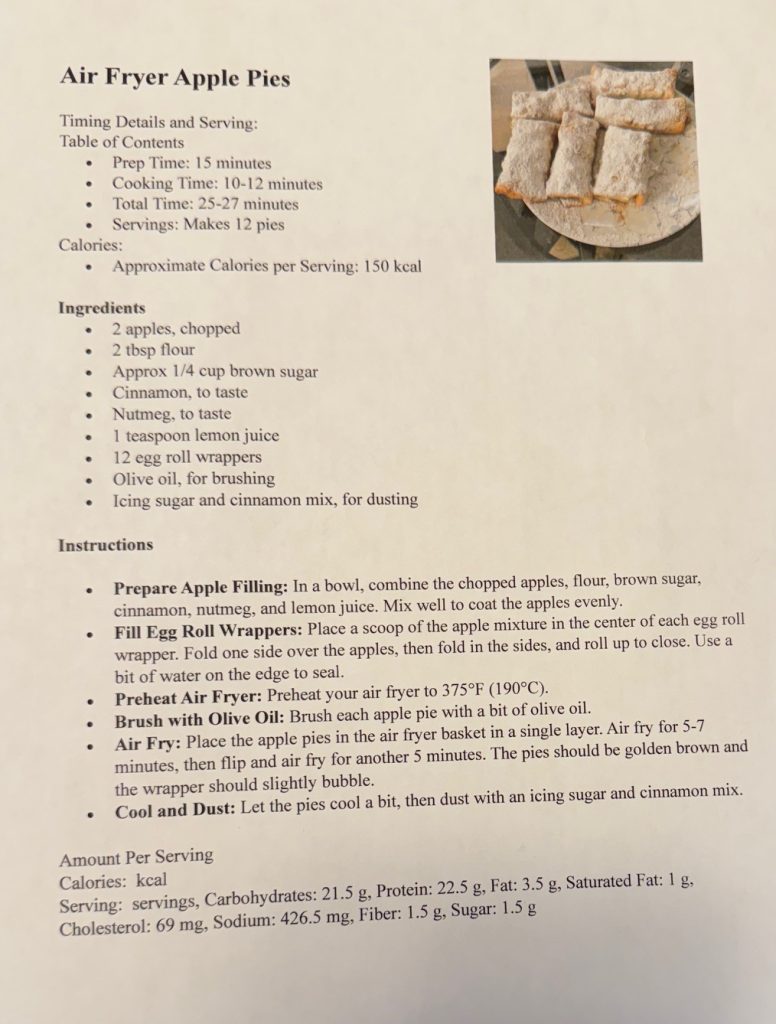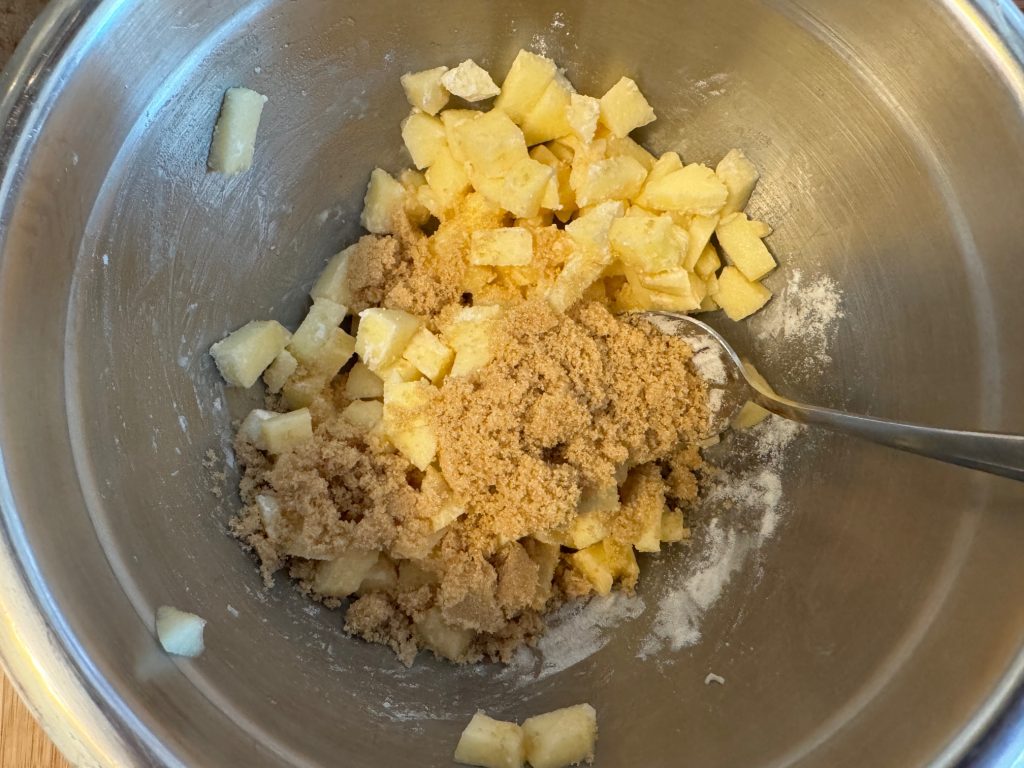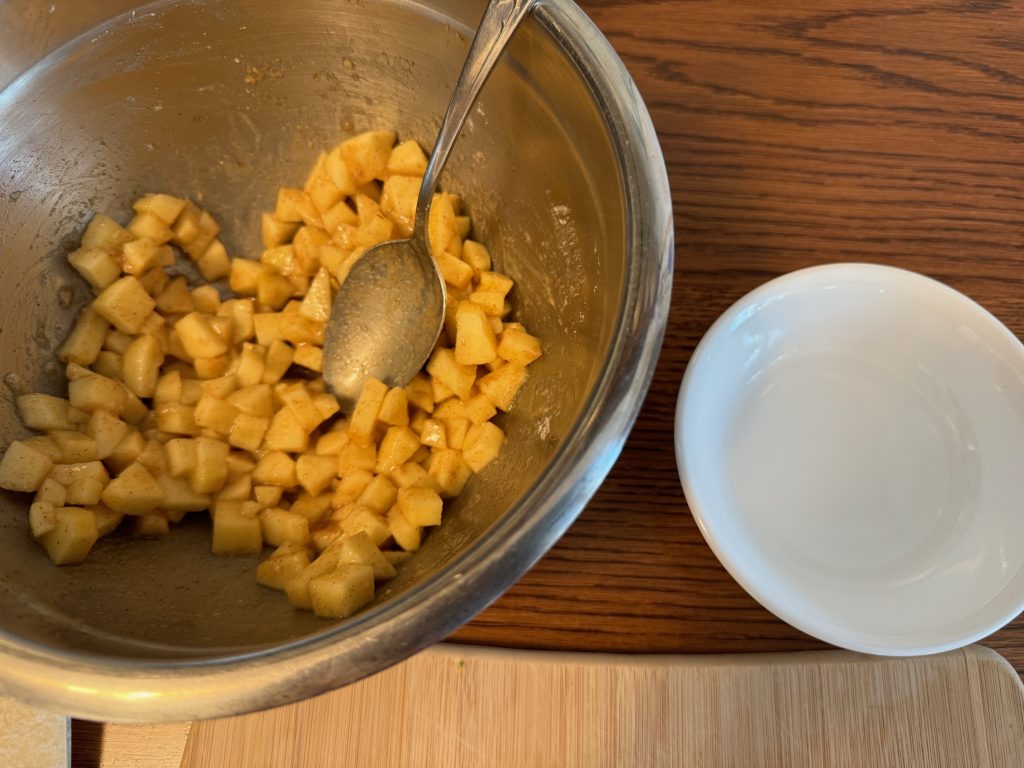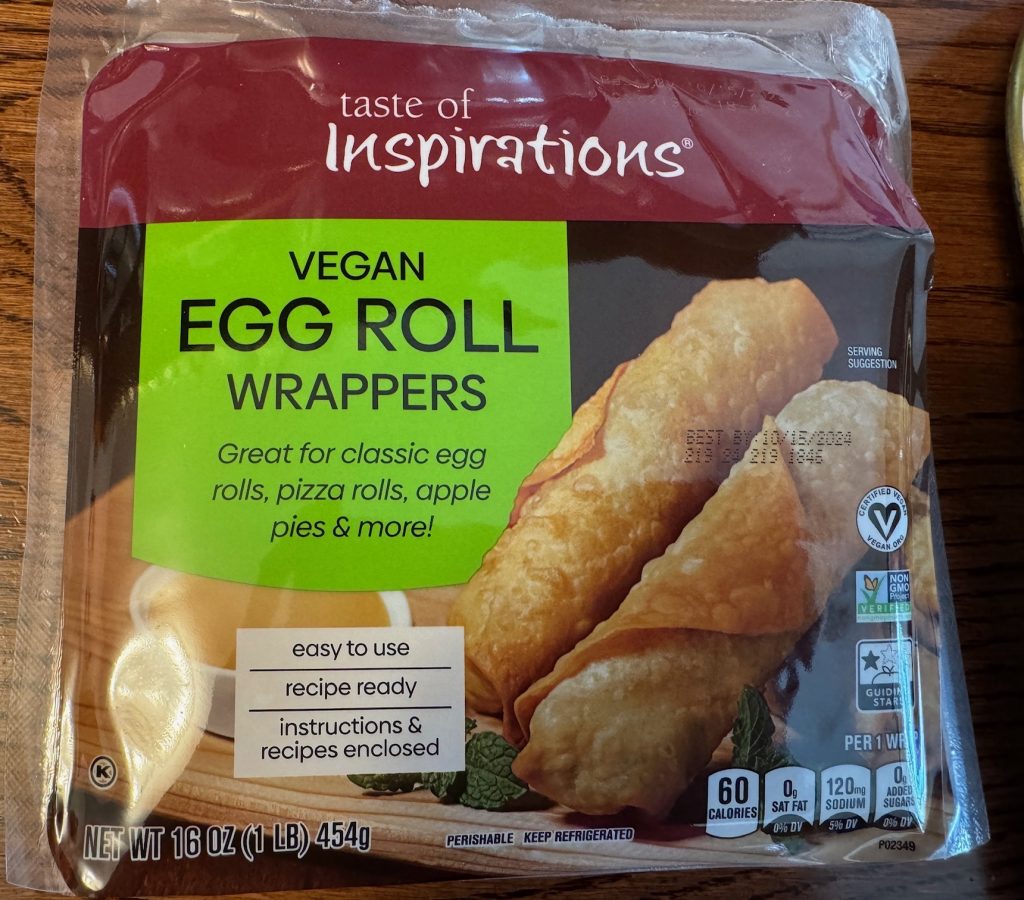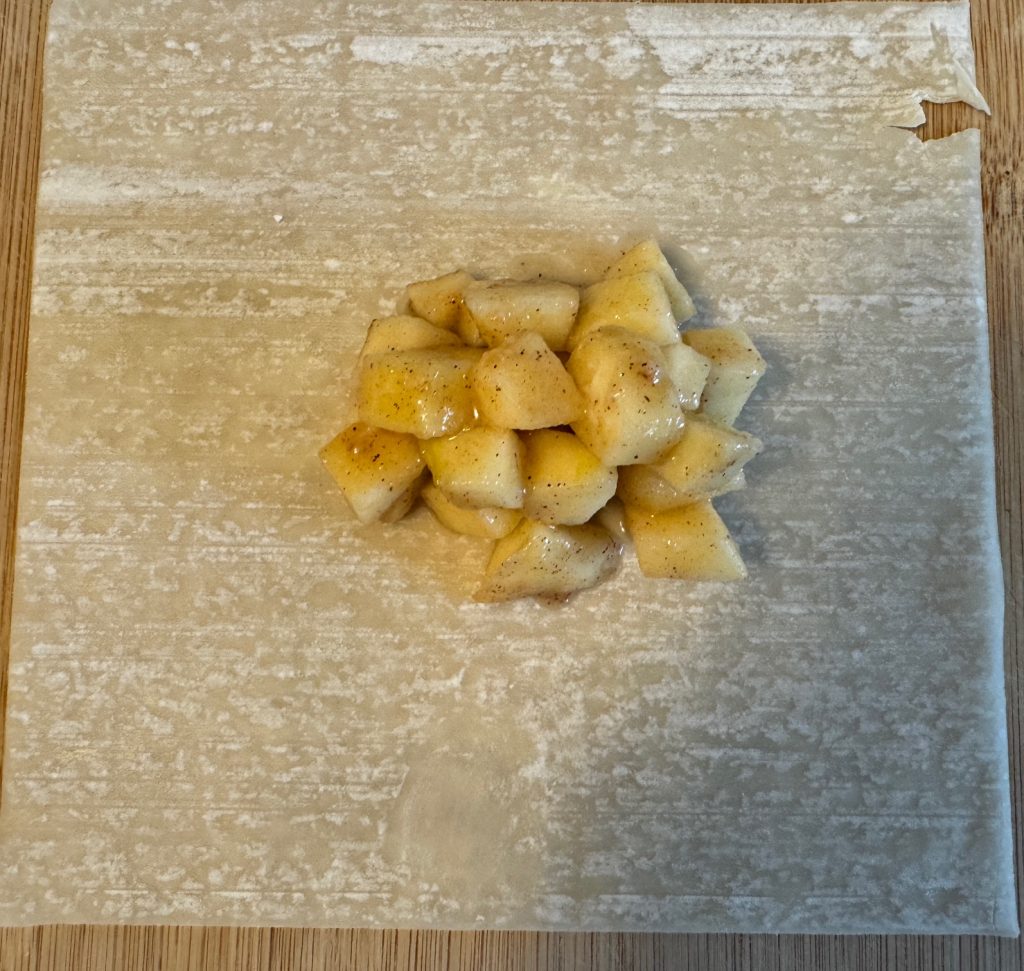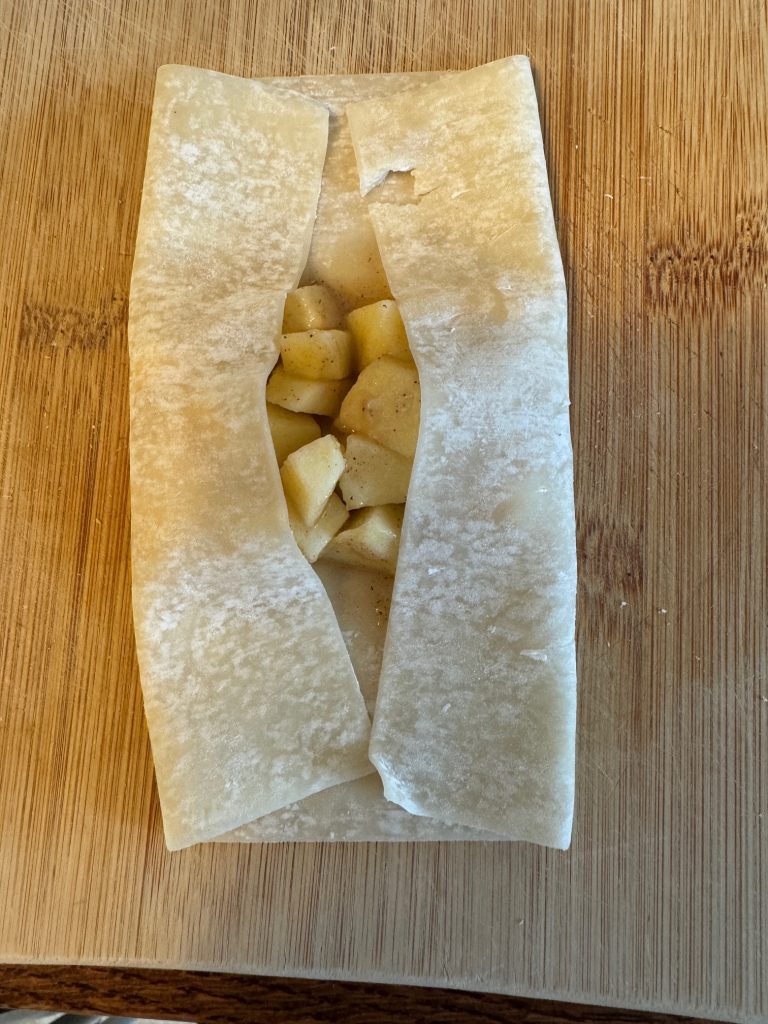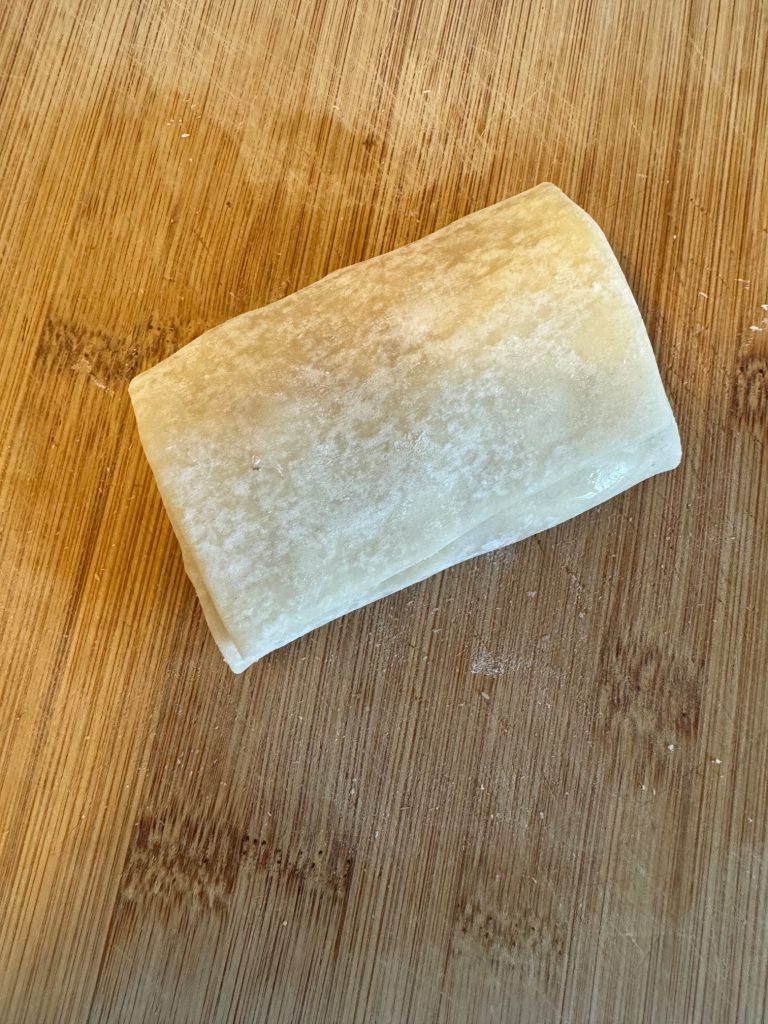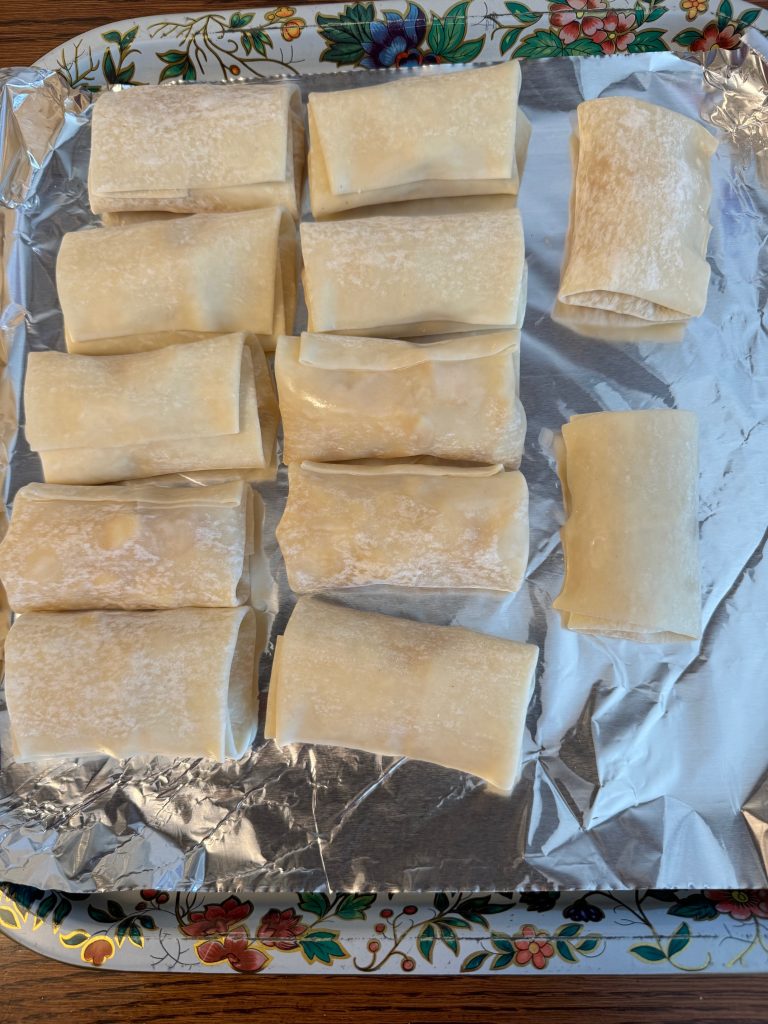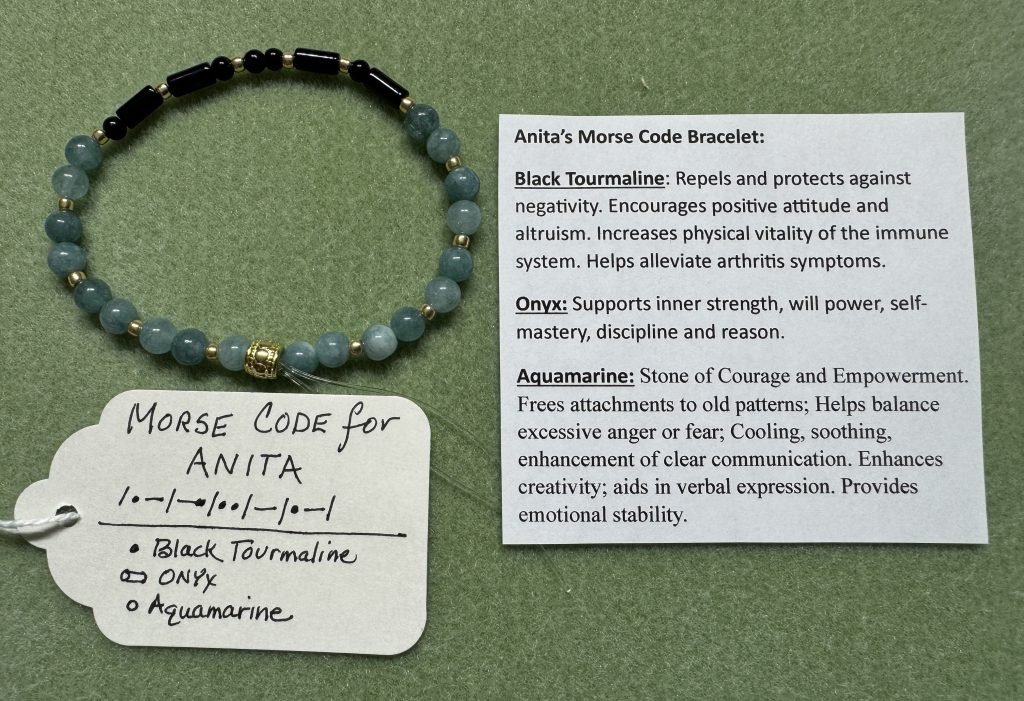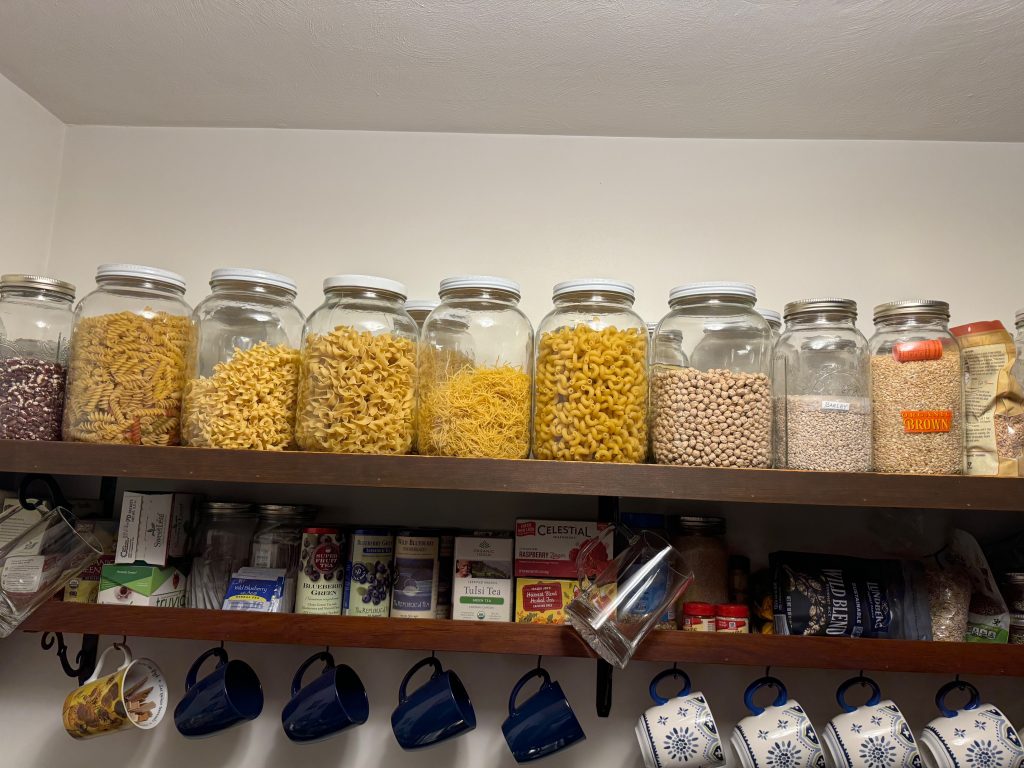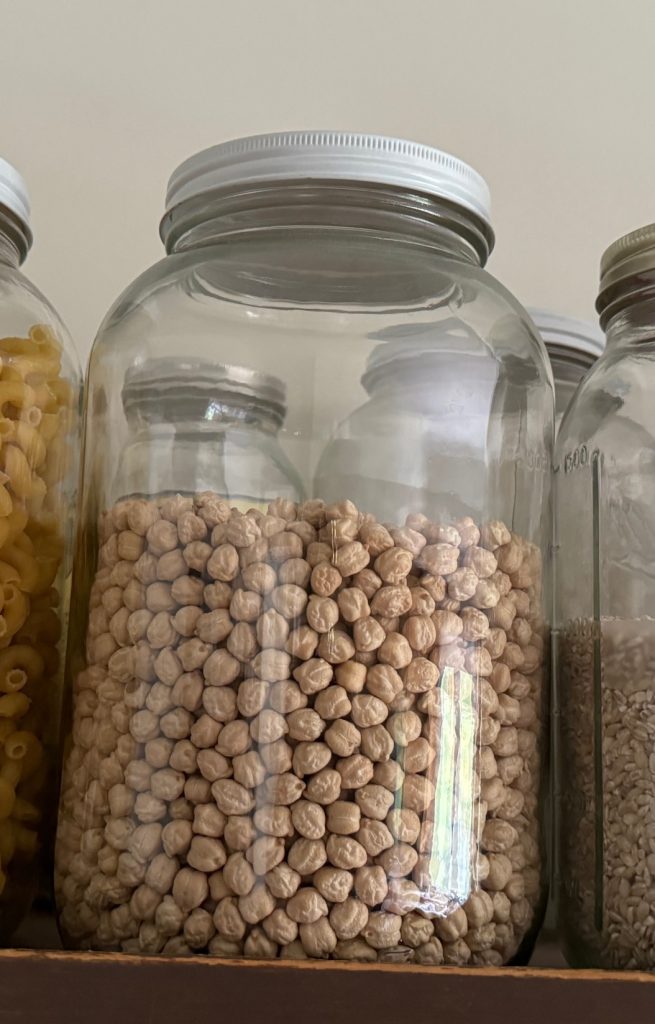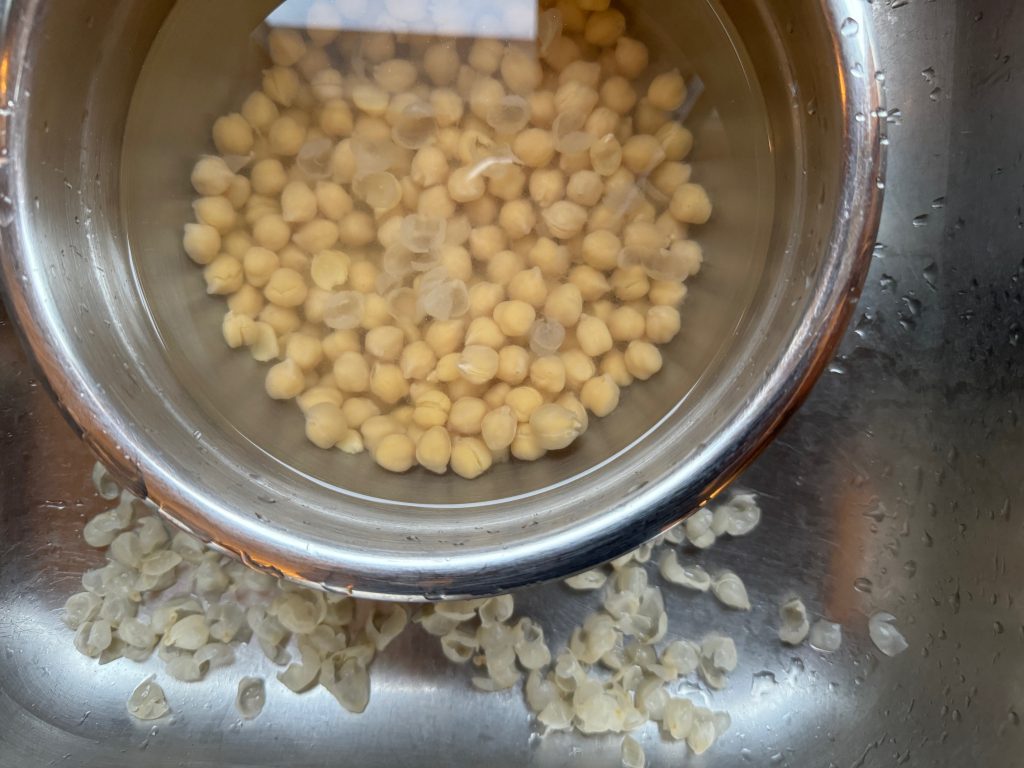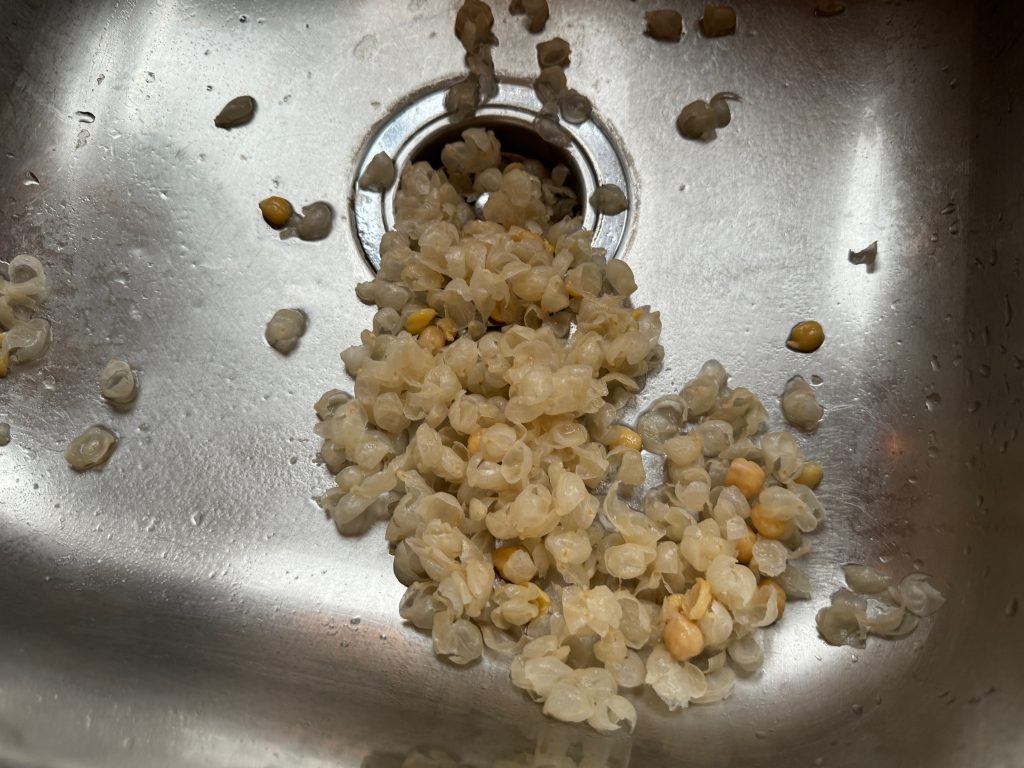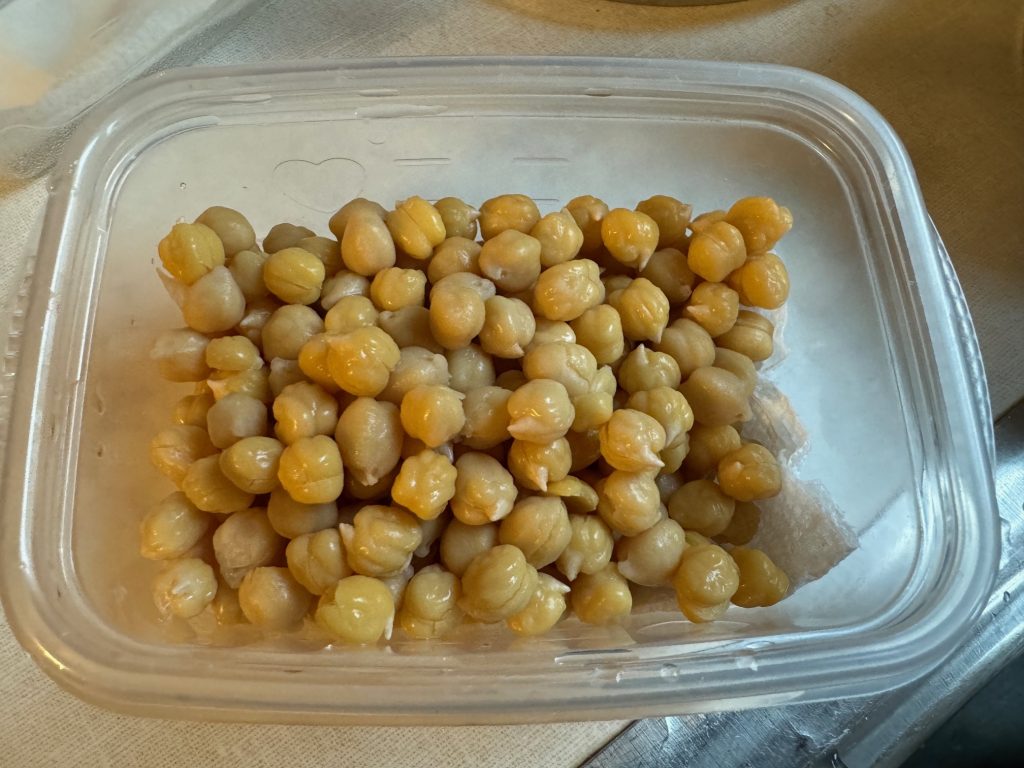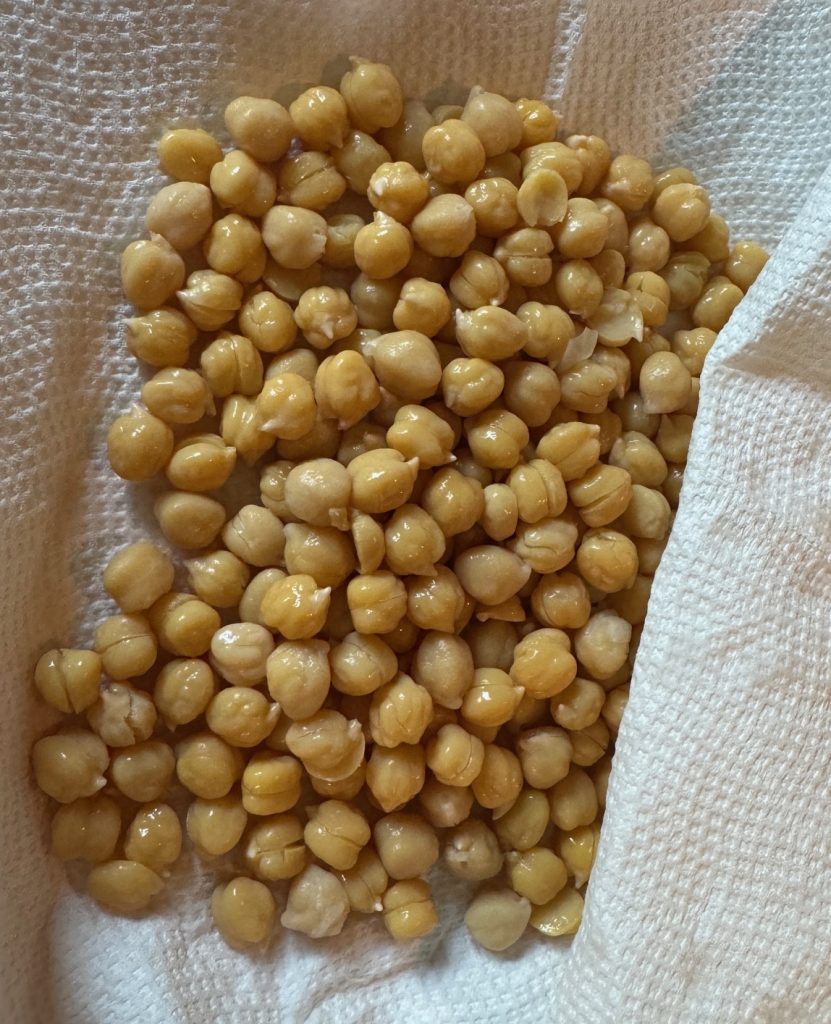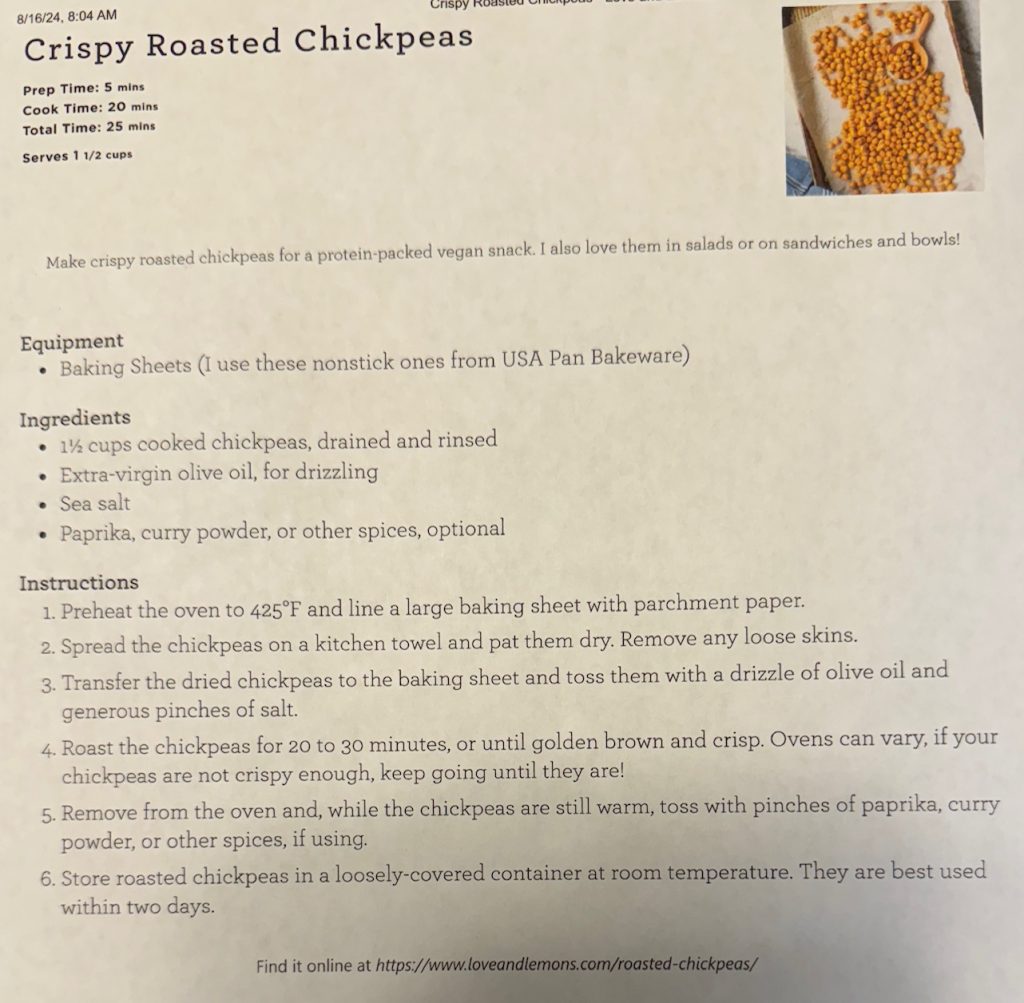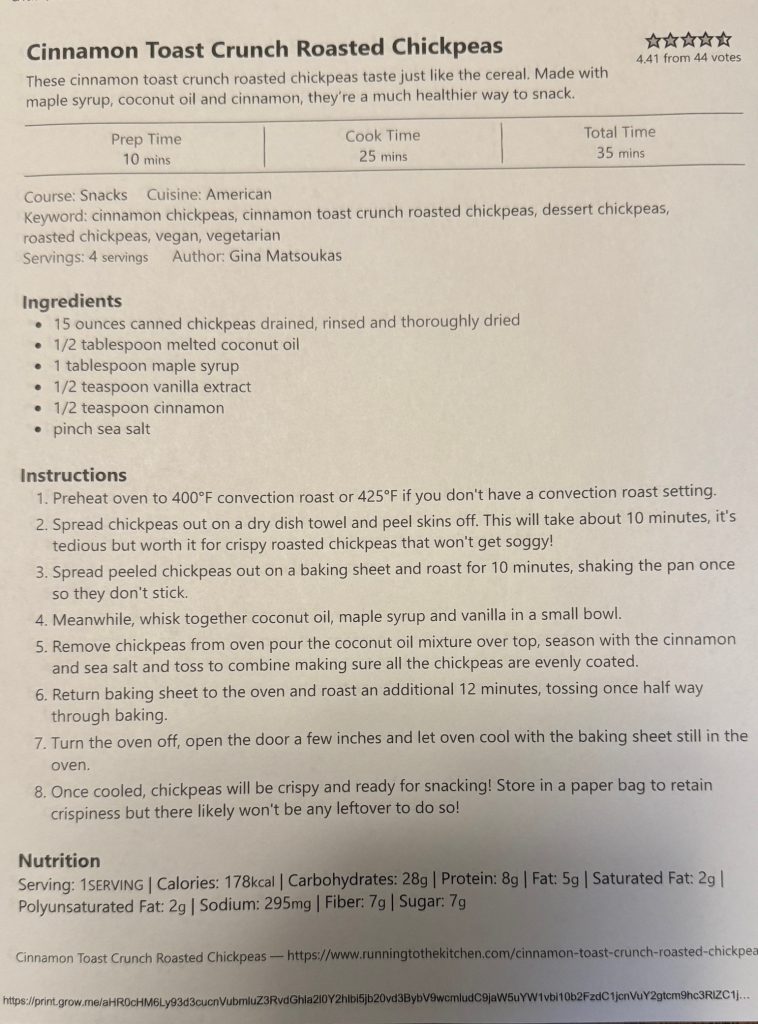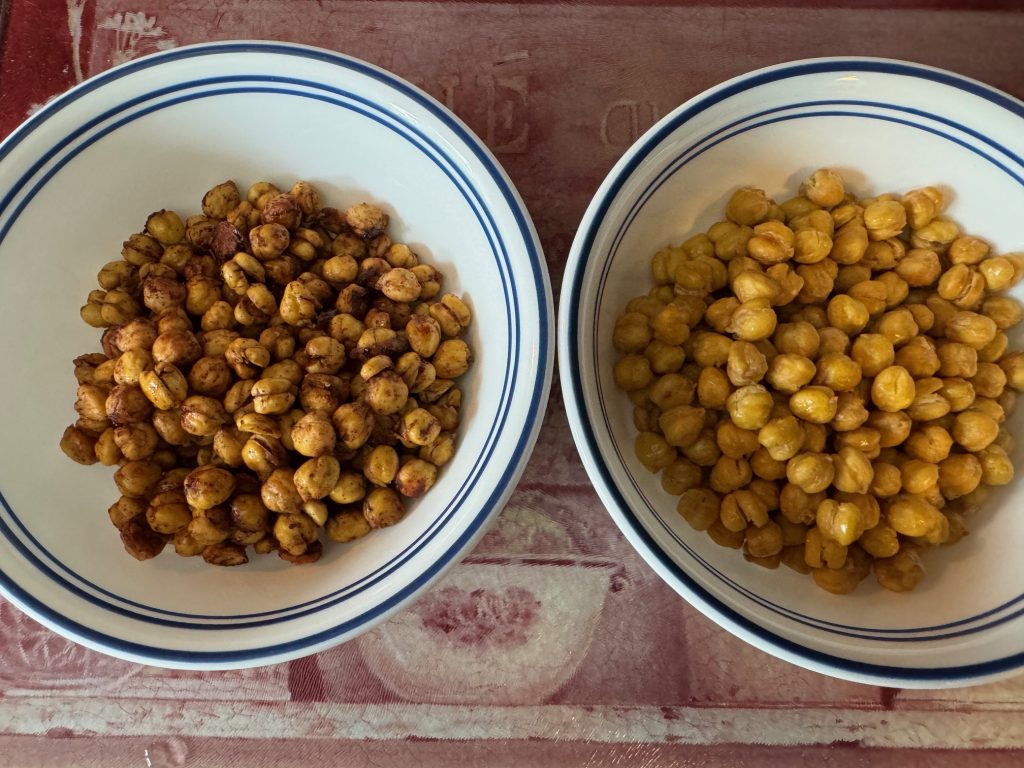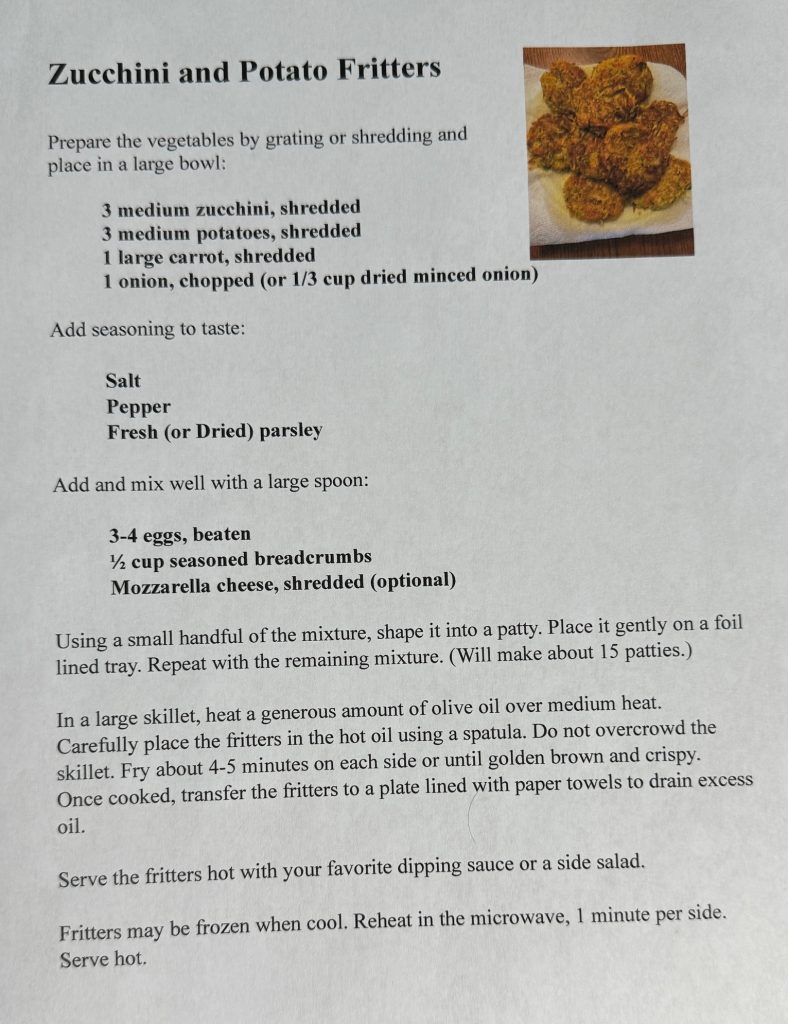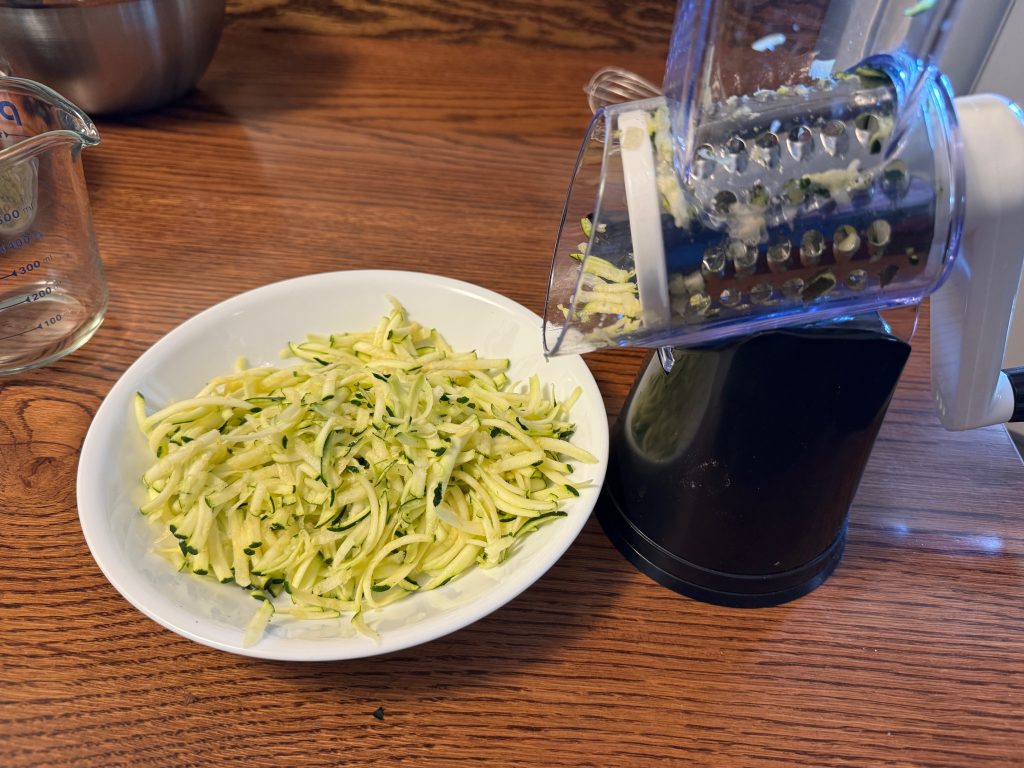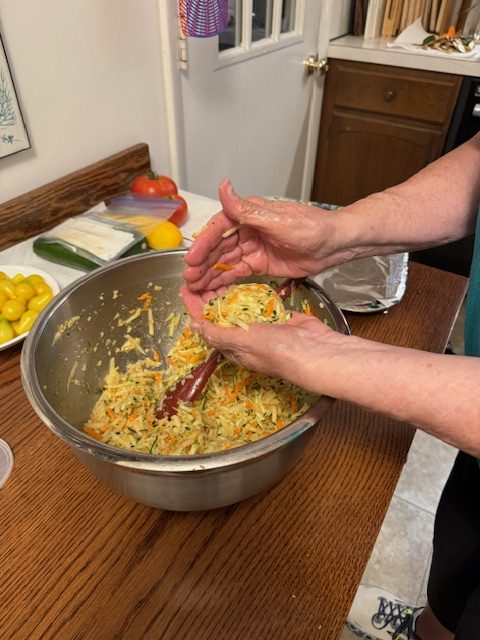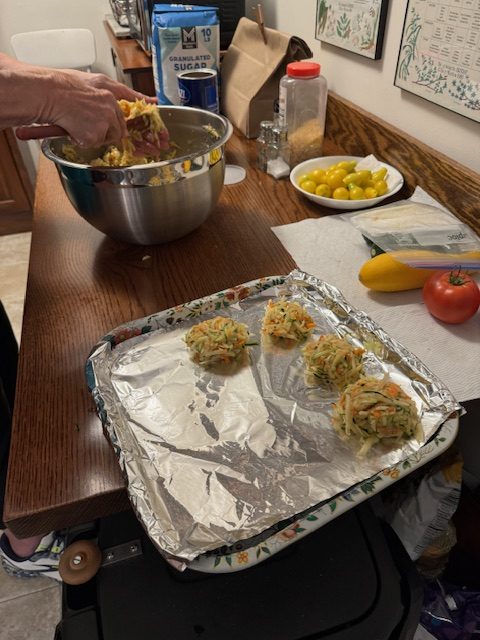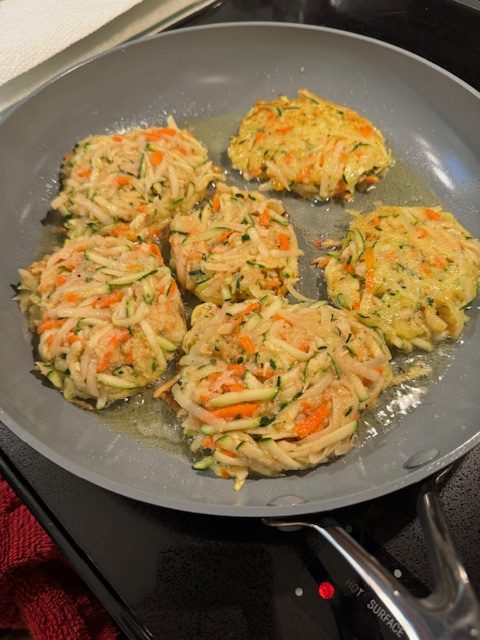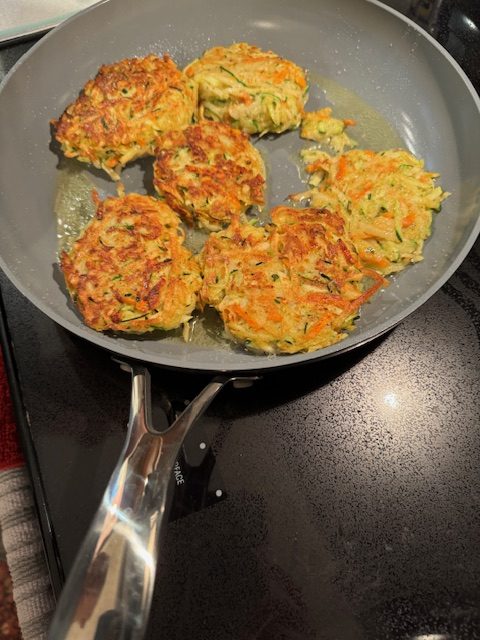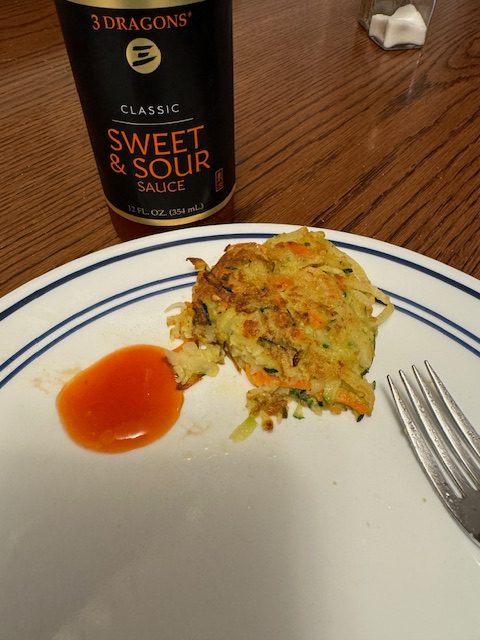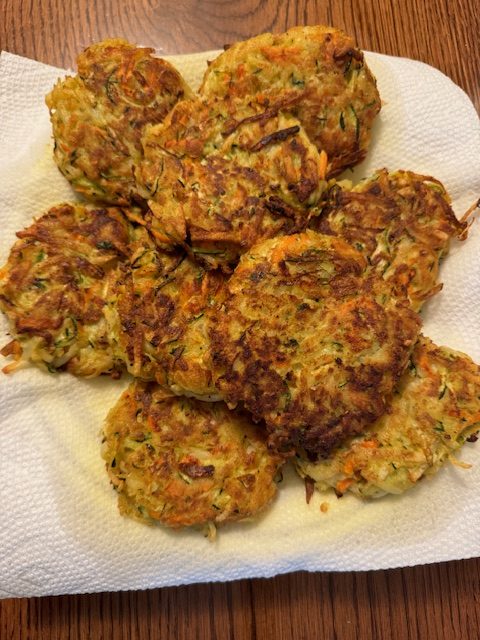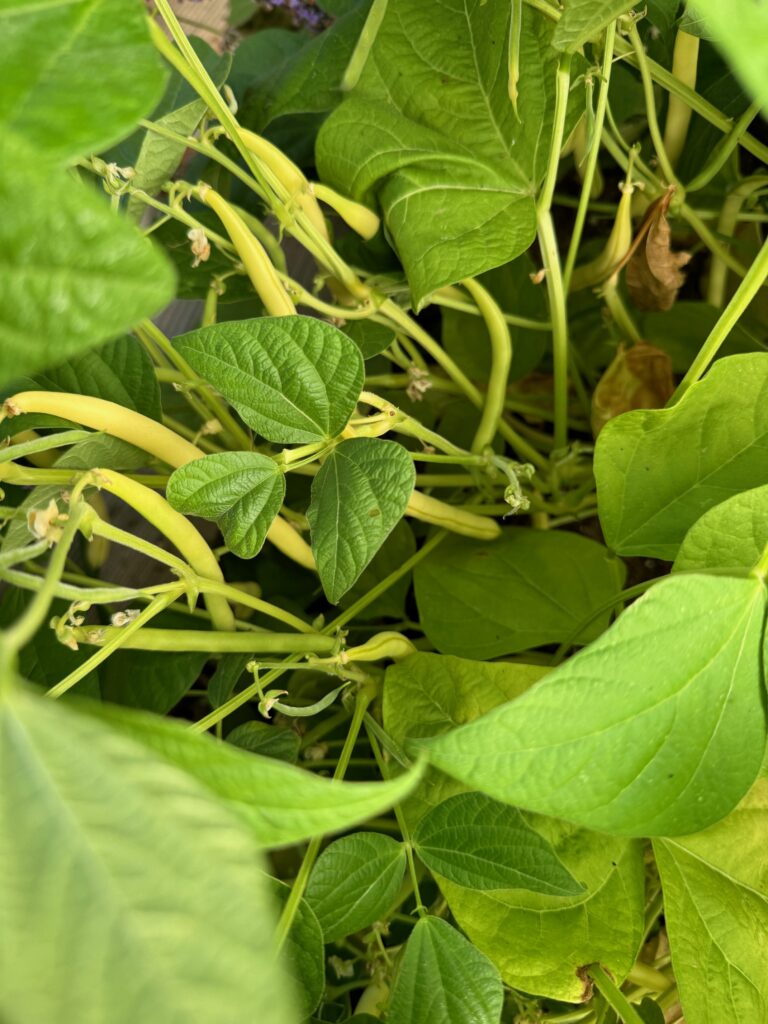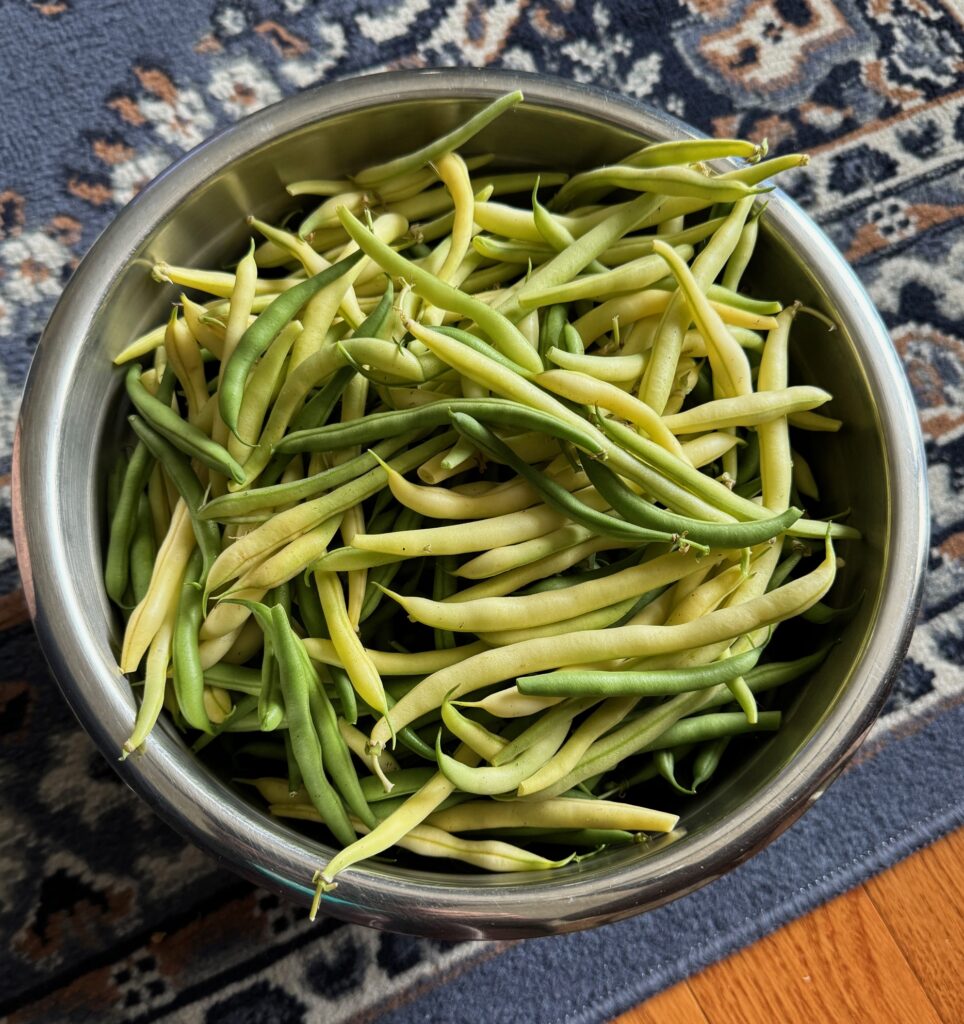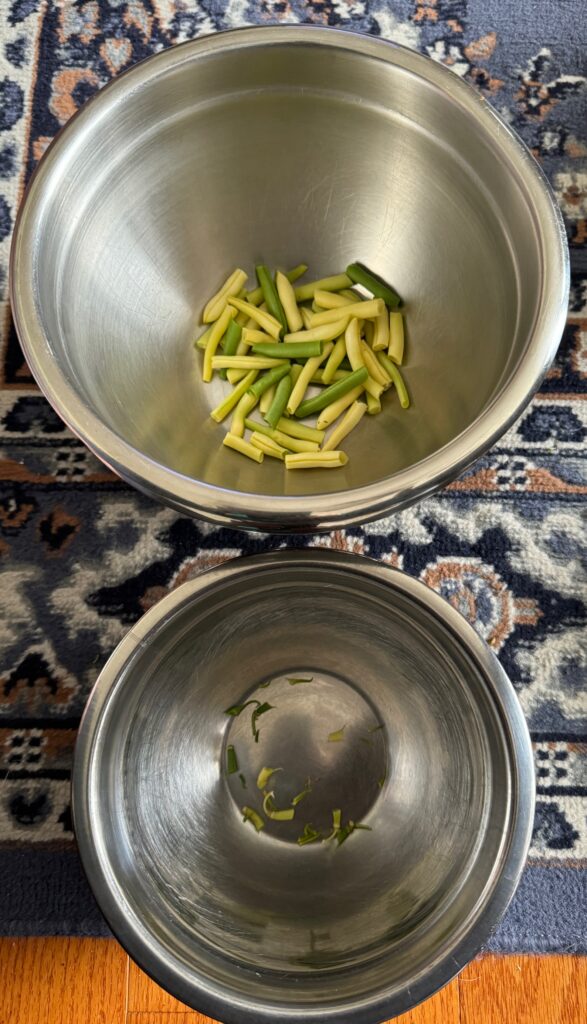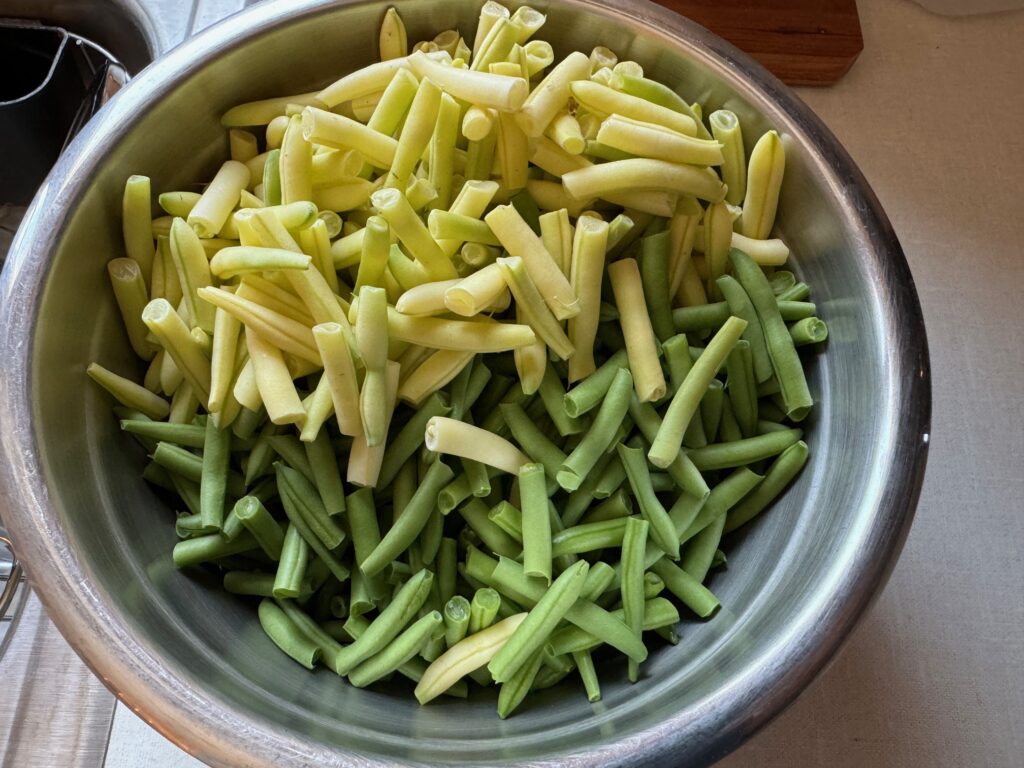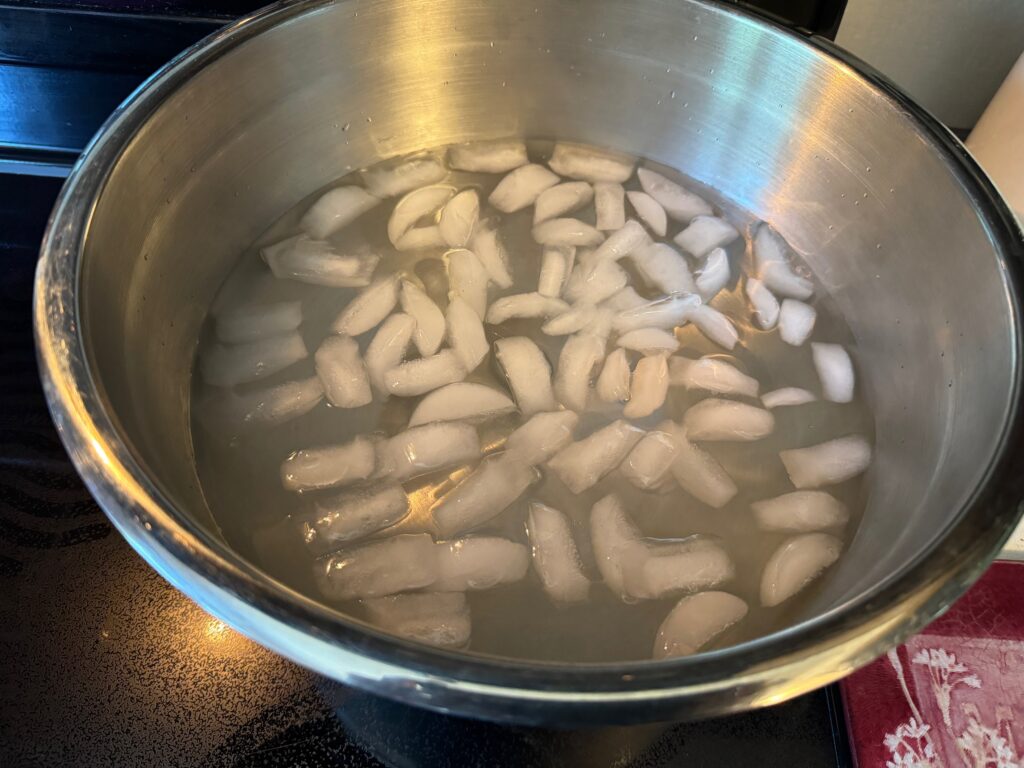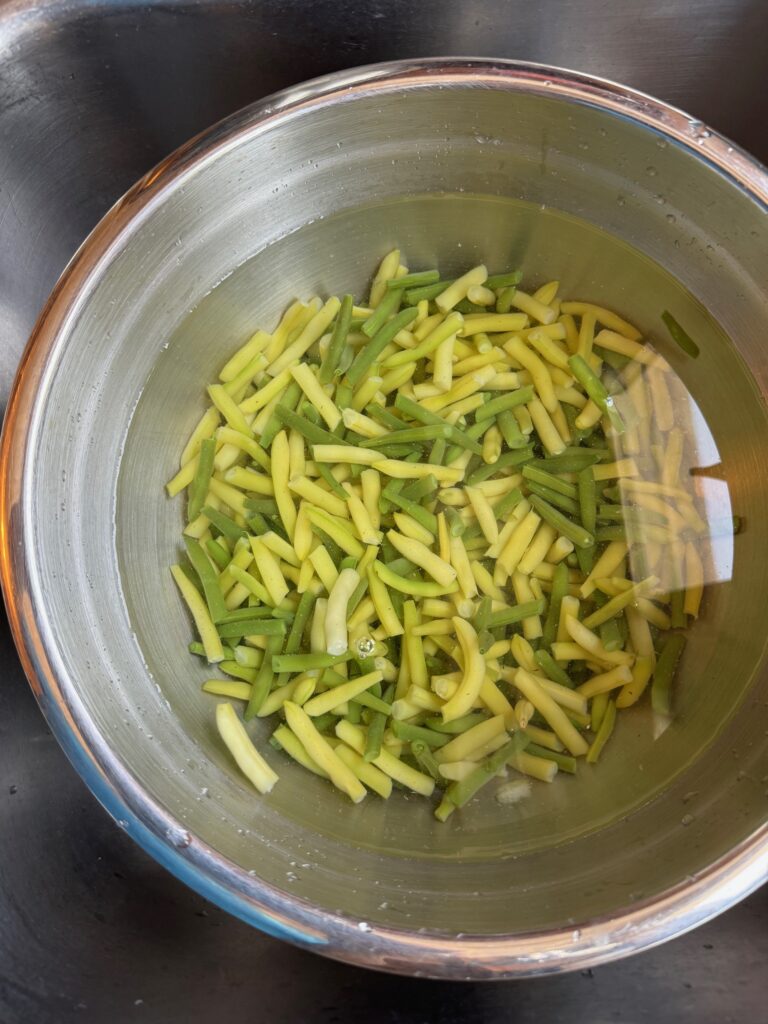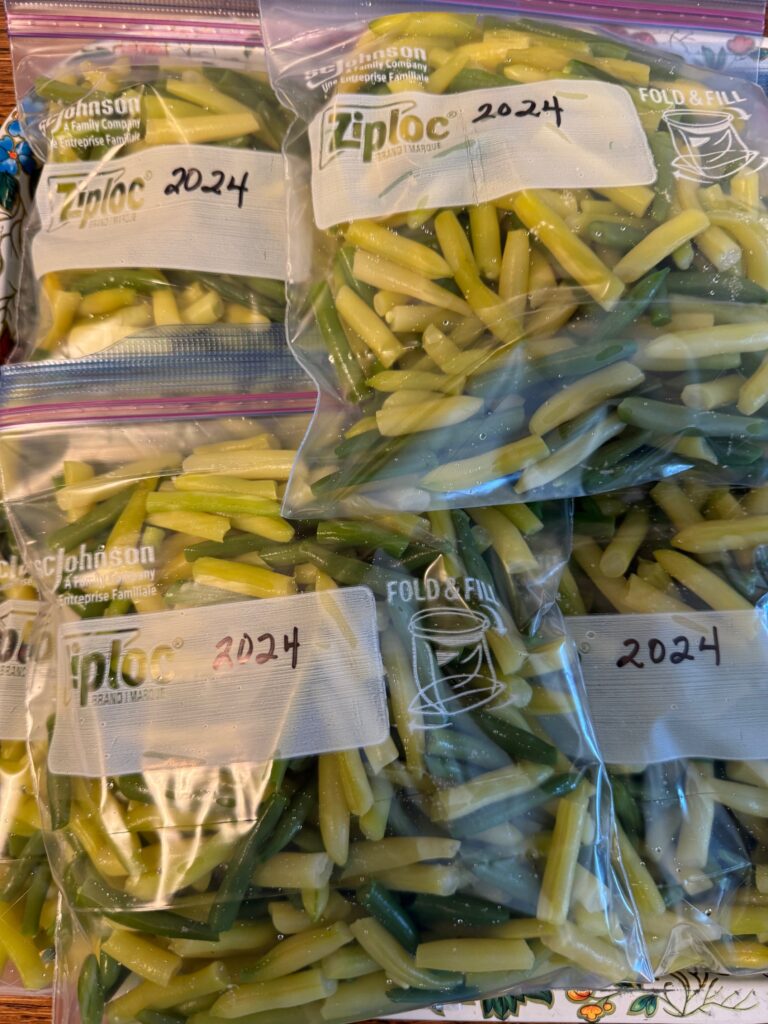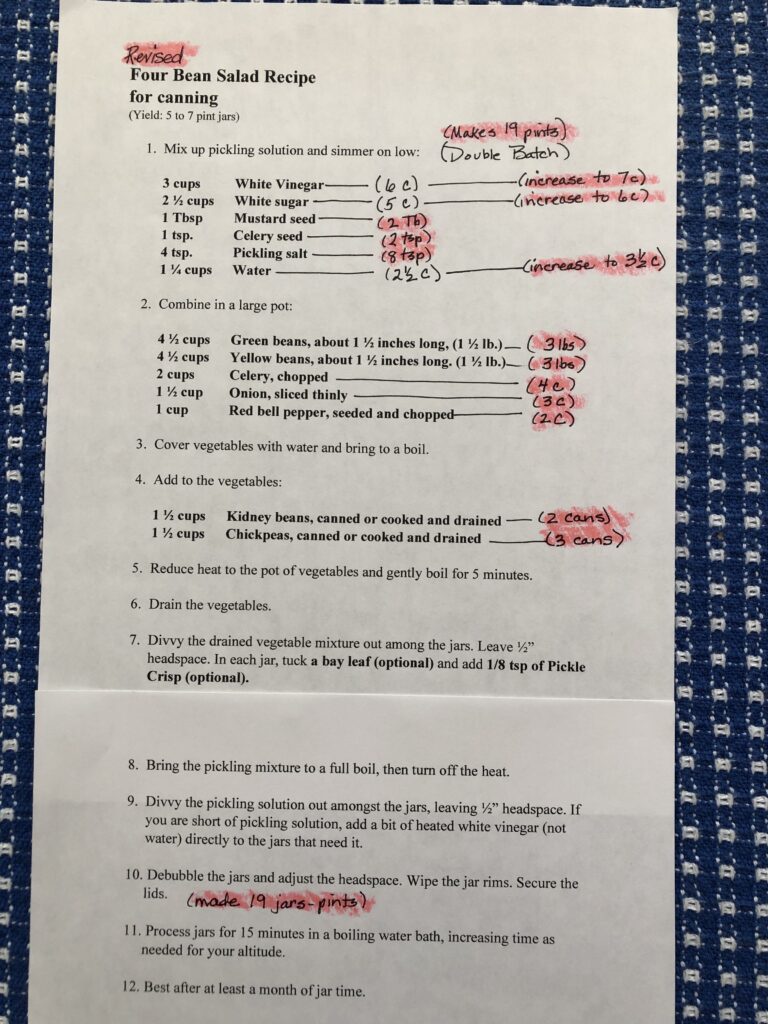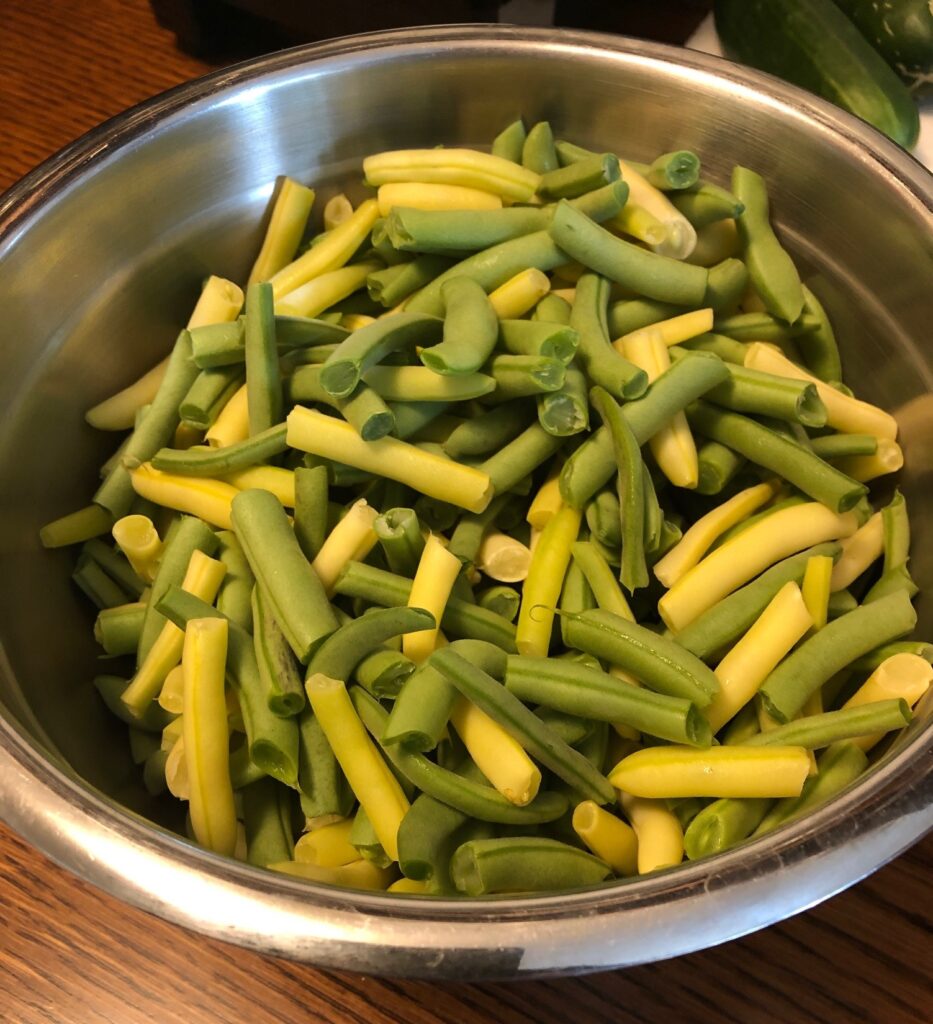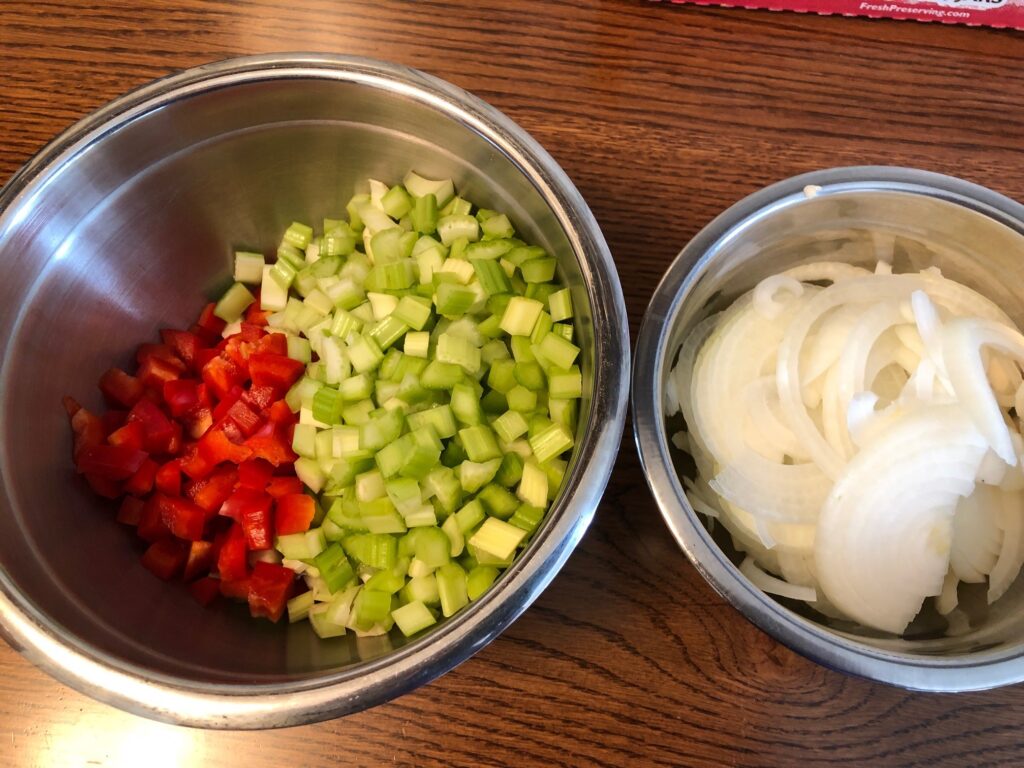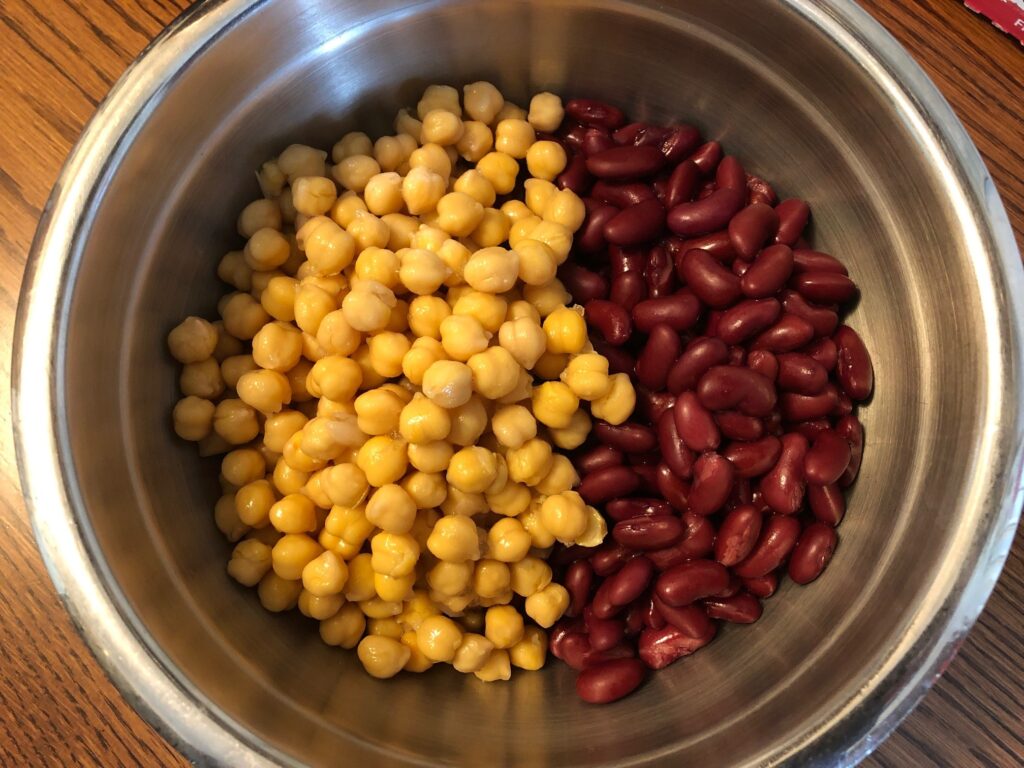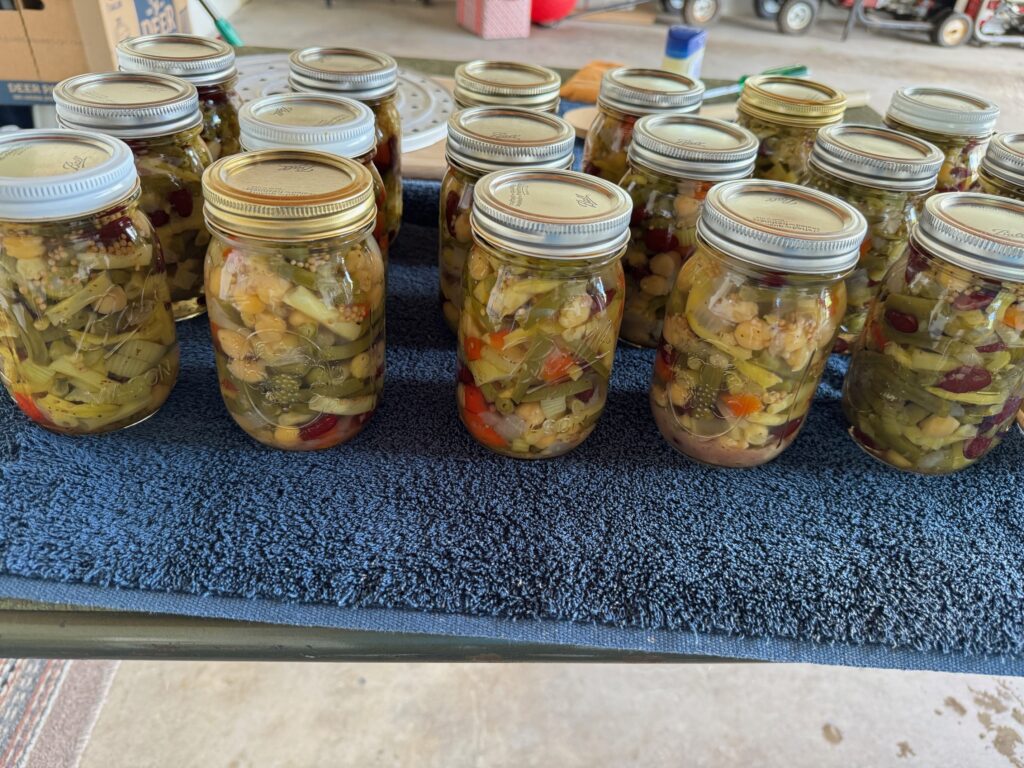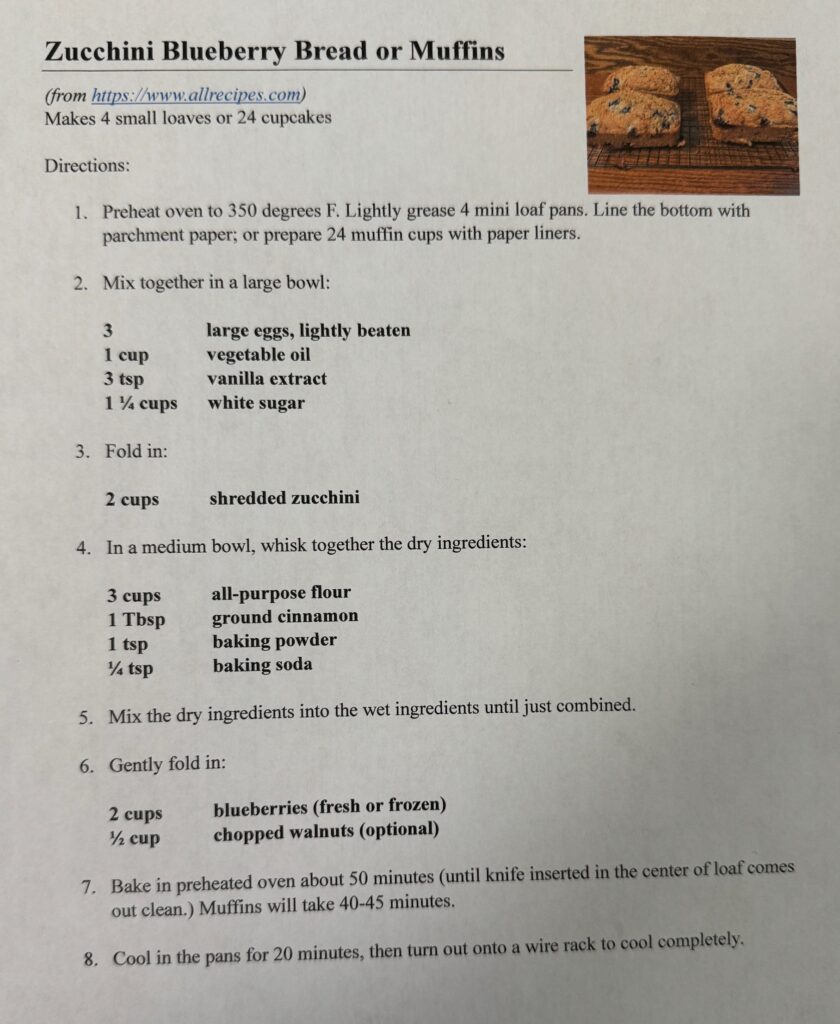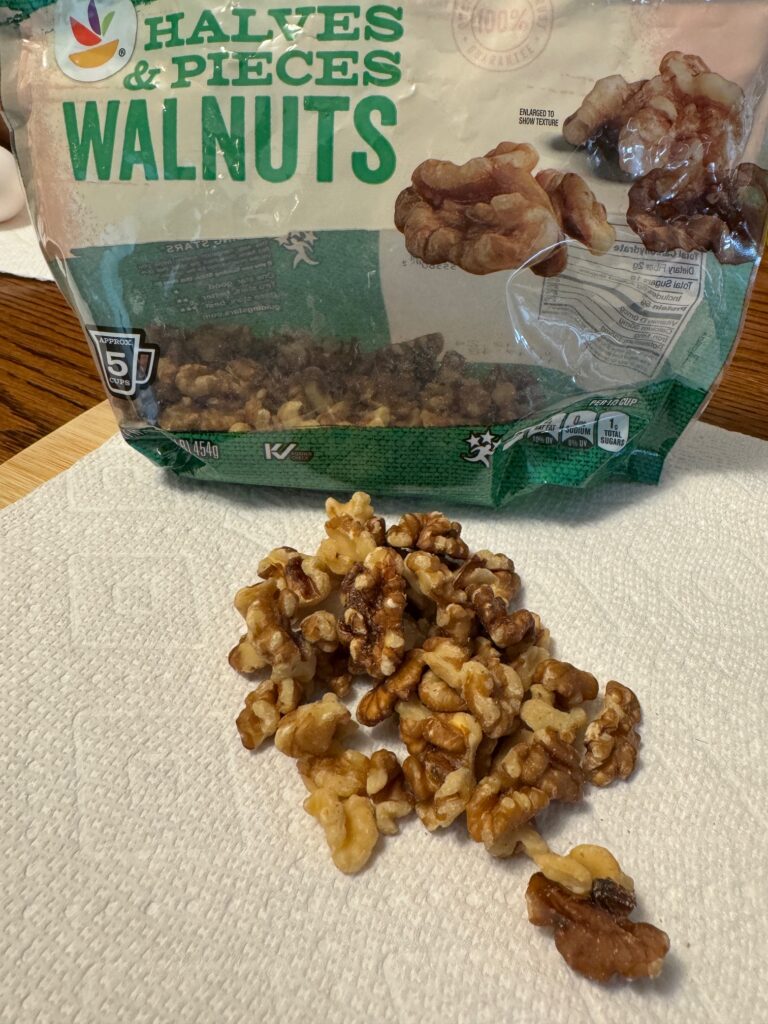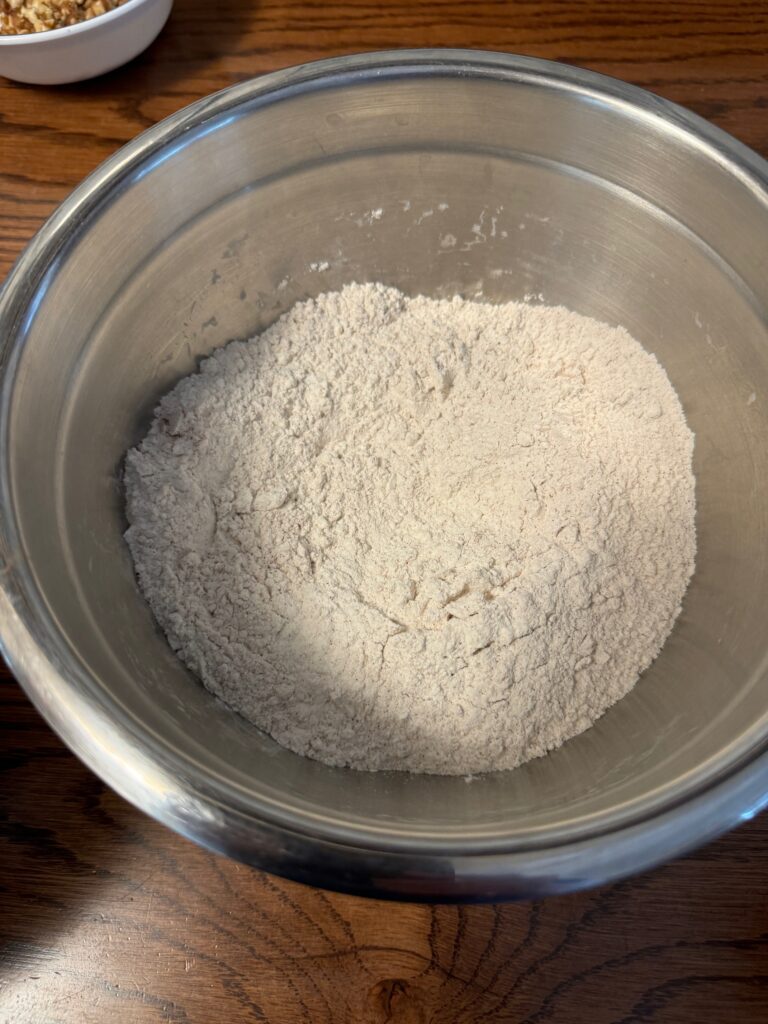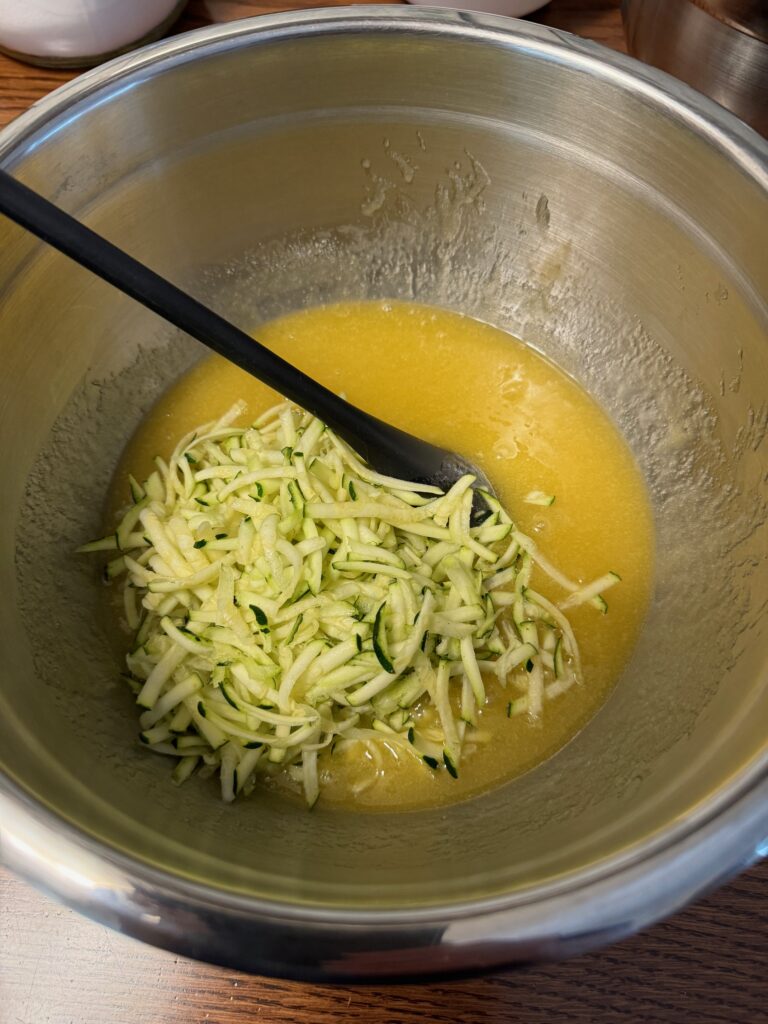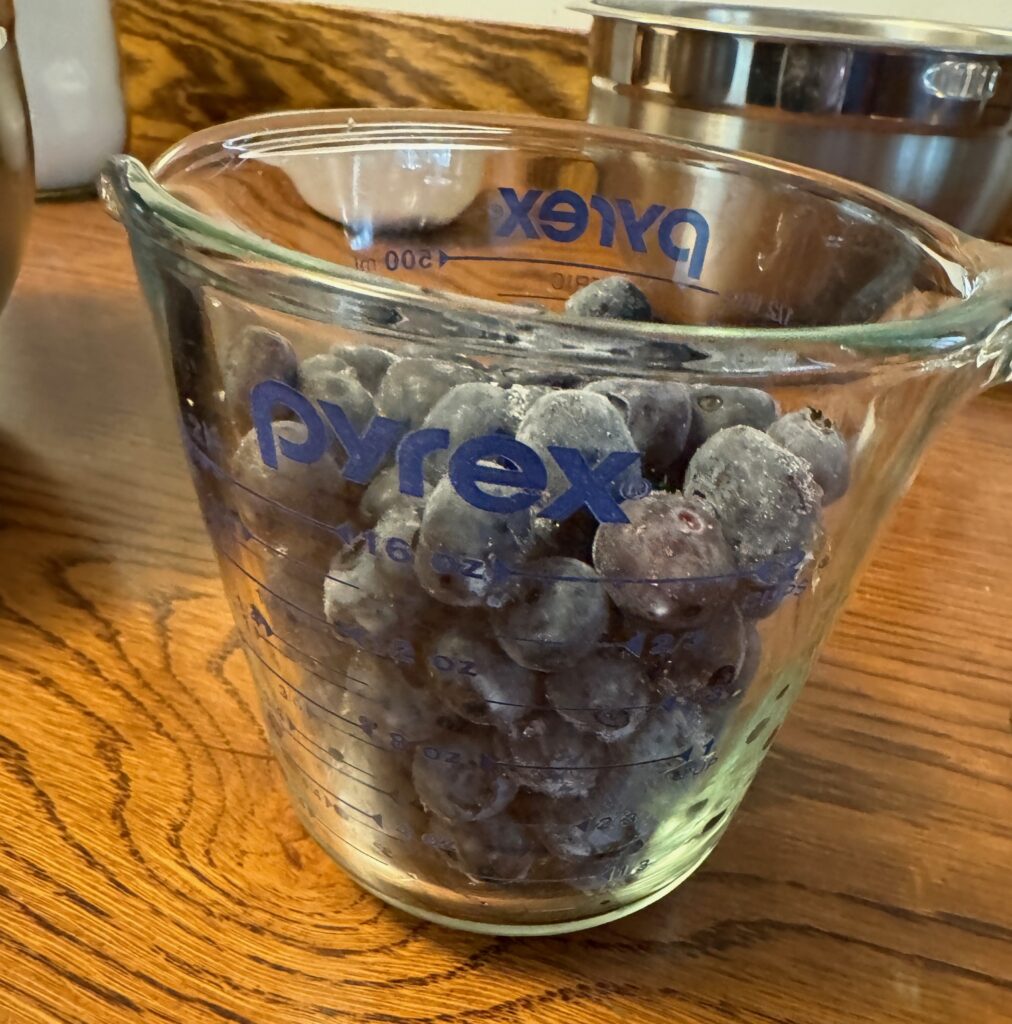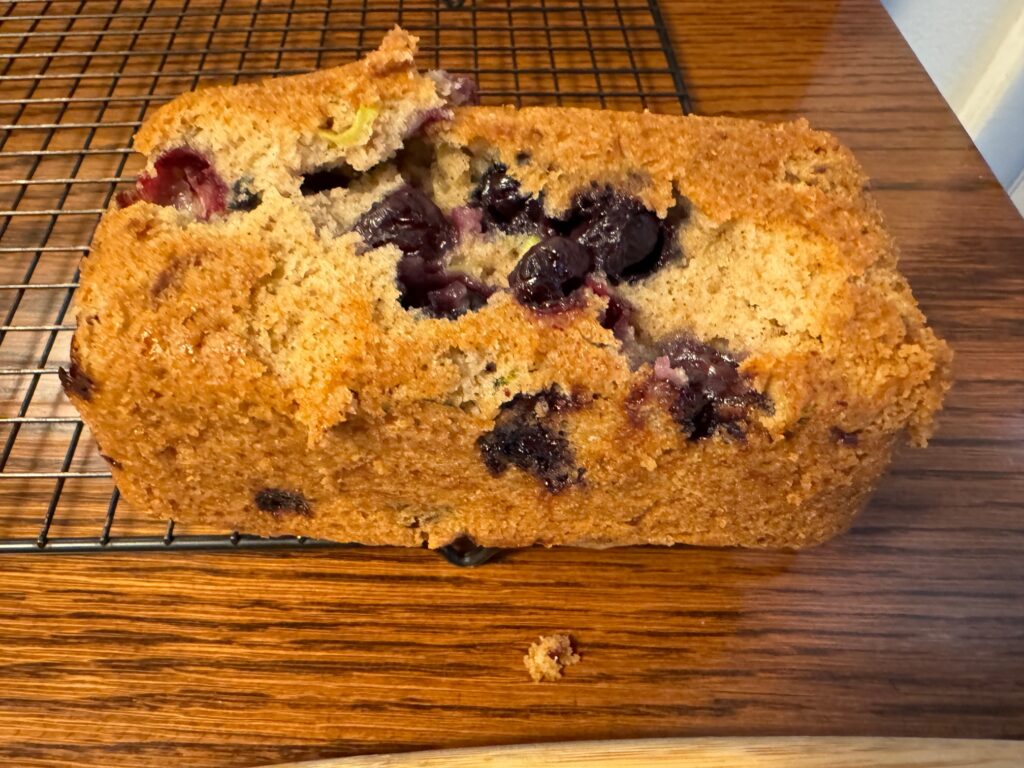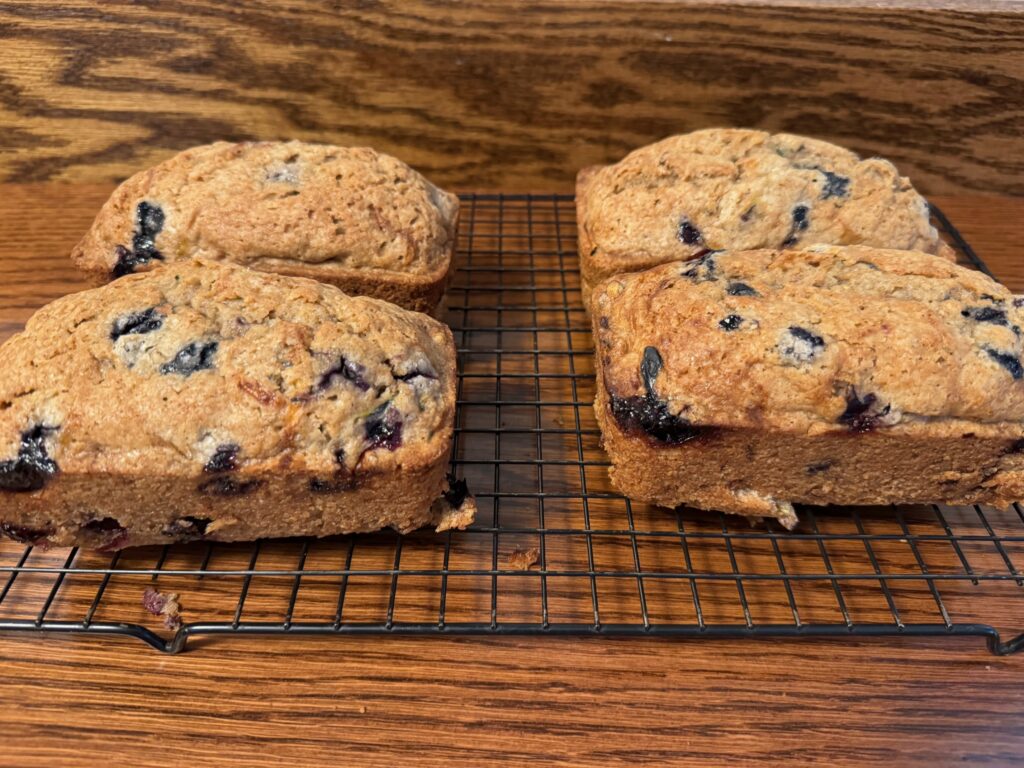Gluten and gluten-free are words that are familiar to many of us that bake. Gluten is a protein found in wheat (and barley or rye) that is the main ingredient that holds together all that lovely bread. Unfortunately, some folks have an immune reaction to eating gluten and over time this reaction damages the small intestine’s lining. This prevents them from absorbing nutrients from their food. This immune reaction is called celiac disease.
The intestinal damage from eating foods that contain gluten often causes symptoms such as diarrhea, fatigue, weight loss, bloating or anemia. It also can lead to serious complications if it is not managed or treated. Because there’s no definite cure for celiac disease, most people find following a strict gluten-free diet can help manage symptoms and help the intestines heal.
Years ago, when I was trying out recipes to bake with whole grain flour, I encountered a few people who had difficulty digesting wheat products. I found it very difficult to find recipes made with gluten-free flour that actually tasted good. Recently, I found a few friends who were avoiding gluten and even discovered folks at the Auxiliary (to the Boalsburg Fire Company) bake sale asking if any of our products were gluten-free. If I could find some good recipes, that might be something we could offer at the next bake sale.
With a little research online for the best tasting gluten-free recipes, I discovered a basic all-purpose gluten-free flour that could be used almost cup-for-cup as regular all-purpose flour. They also offered a bread mix. I found their packaged flour and bread mixes available on Amazon and ordered some bread mixes to try. The company is https://gfjules.com started by Jules Shepard. See her profile below. Check them out! Besides an all-purpose flour, they offer bread mixes, pancake mixes, etc.
______
About Jules Shepard:
Jules Shepard didn’t set out to lead, inspire and advocate for the gluten-free community. But to anyone who knows her, it’s no surprise she does.
As a celiac diagnosed in 1999, and as an indomitable perfectionist with a penchant for equality and fairness, this former domestic violence attorney was simply unwilling to accept the dry, gritty, vacuous foods that were the norm then. Two years in her kitchen later, Jules had perfected an all-purpose gluten free flour blend that enabled her to continue her passion for baking.
All of her products are certified gluten free and kosher, and are made in a dedicated gluten free facility. They are also certified Free From the Top 9 Food Allergens (NO: wheat, soy, dairy, egg, peanuts, tree nuts, sesame, fish, or crustaceans), non-GMO and proudly made in the USA.
______
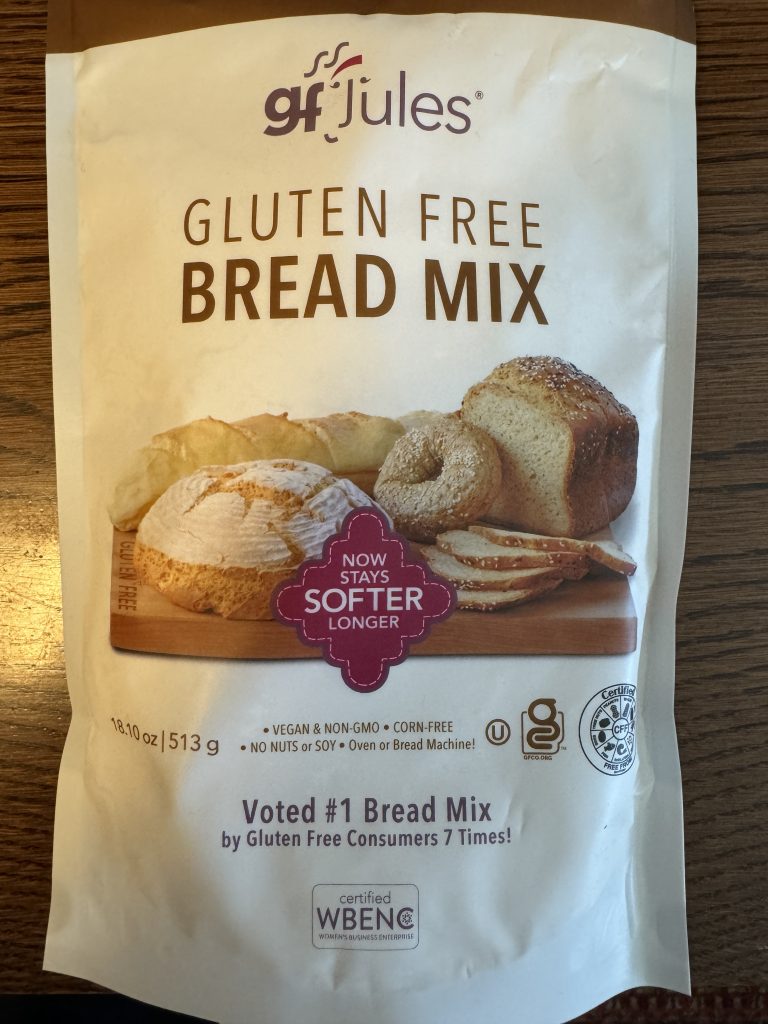
The best thing about this mix is the variety of ingredients. I used to have to stock up on individual ingredients and mix up my own gluten-free flour mix. Someone (Jules Shepard, actually) who must have been very motivated to find a mixture that tastes good, did the work for me!
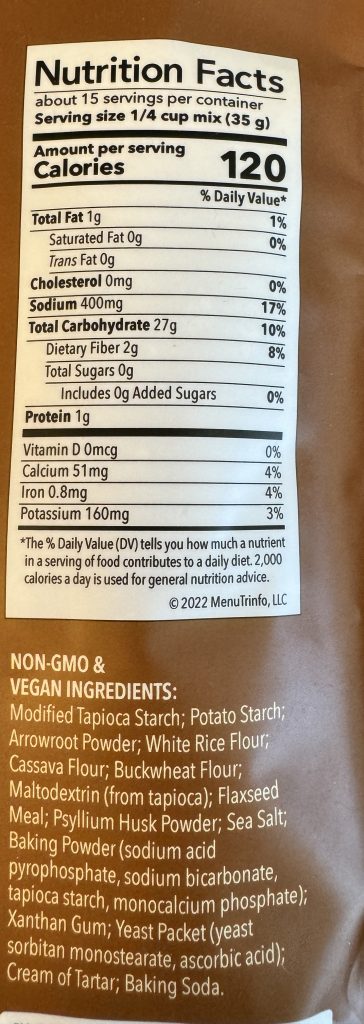
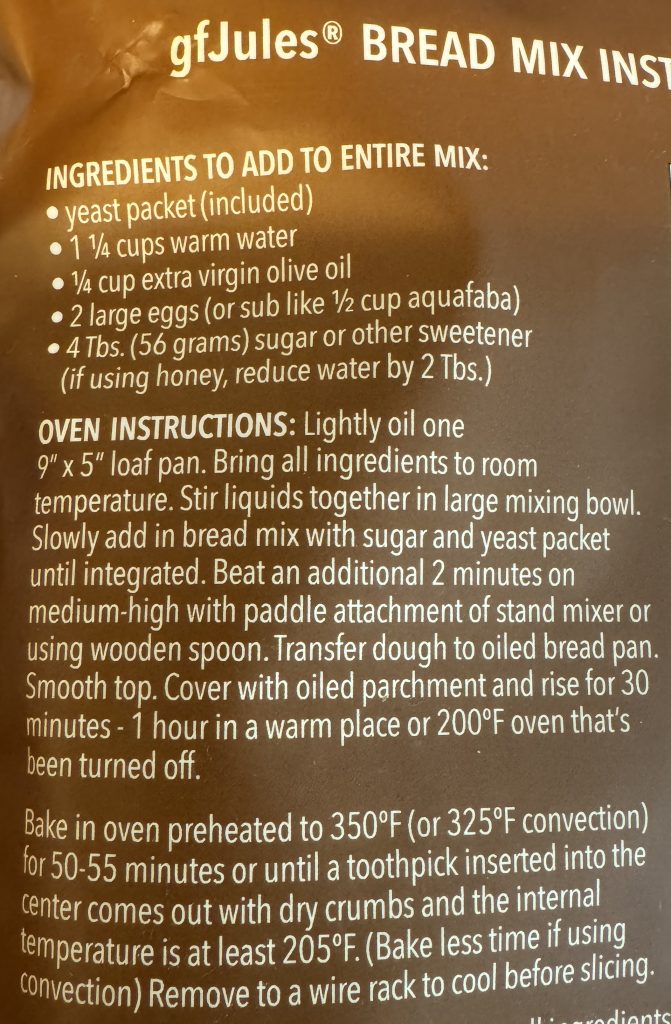
Making a Loaf of Gluten-free Bread
First, I mixed together the liquid ingredients:
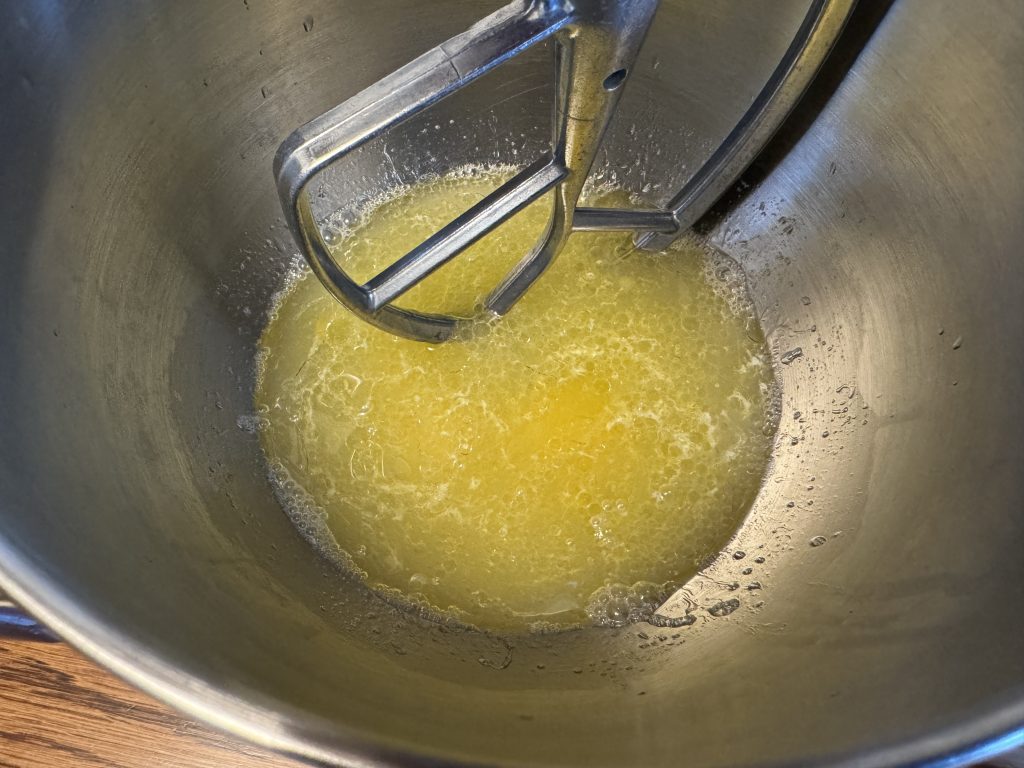
Next, I mixed up the dry ingredients:
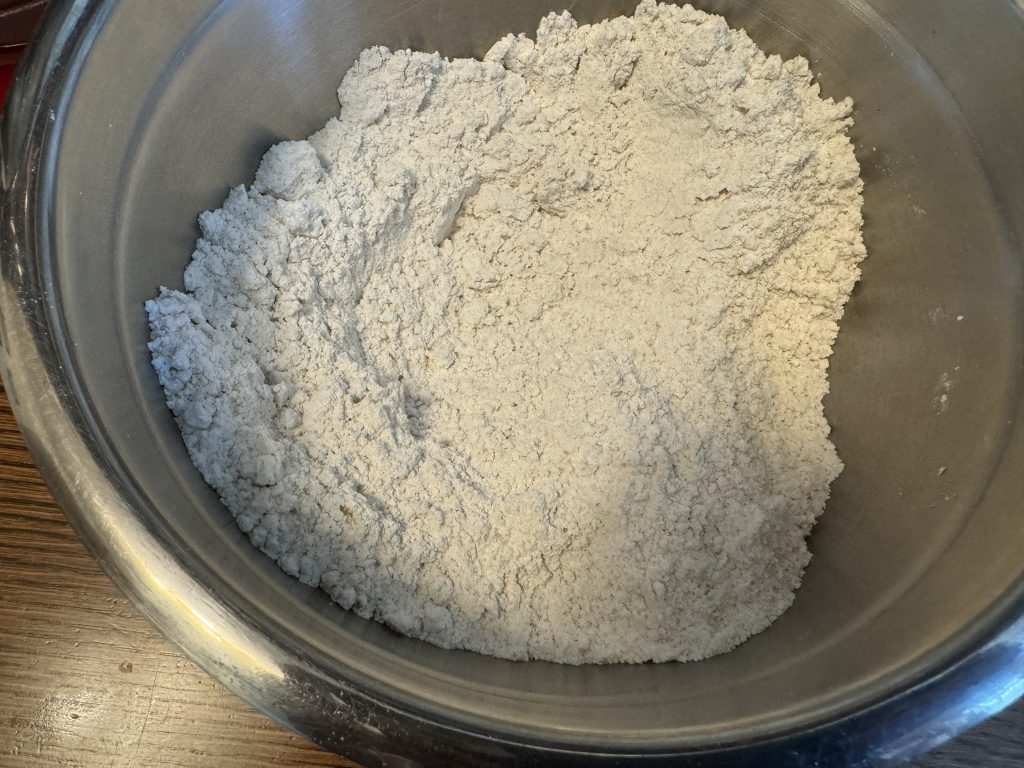
I added the dry ingredients to the wet ingredients in the mixer bowl. It was very sticky and didn’t take long. Next time I’ll just mix it with a wooden spoon! The mixer just made too many dirty dishes.
I dumped the wet dough into the prepared pan, covered it with plastic wrap and let it sit for about an hour.
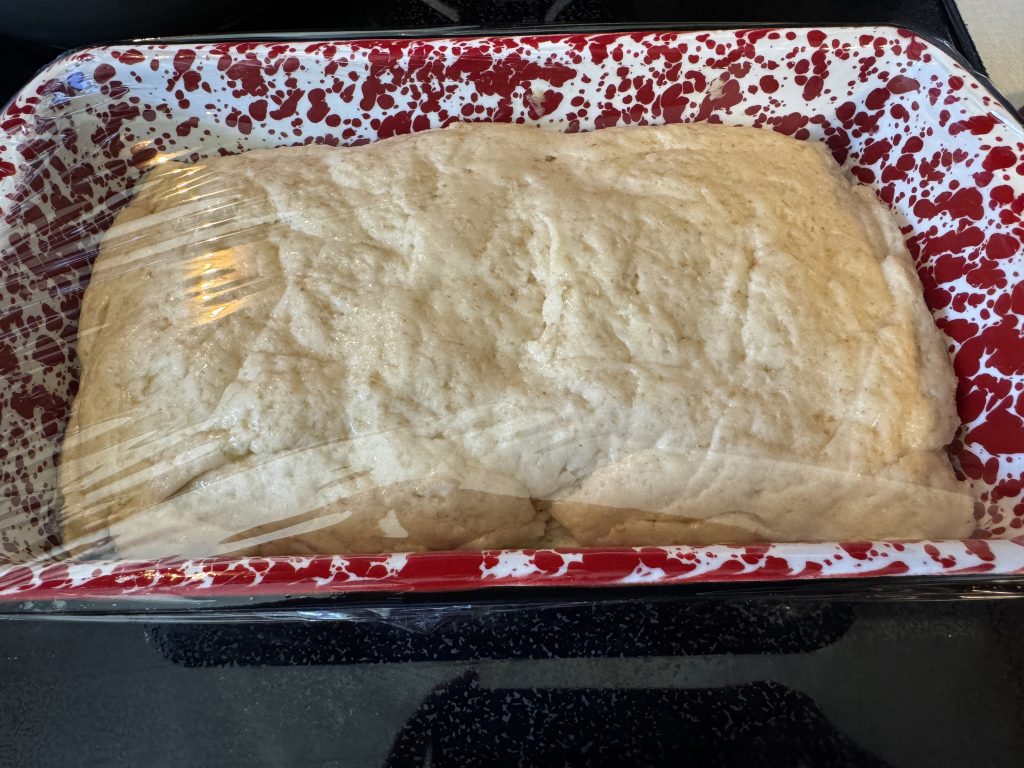
When baked, it was a little bigger, a little browner and smelled great!
It did not rise very much (remember, without gluten it had nothing to “stretch.”) The texture of the bread is more like cake or cornbread, but it tasted great. Of course, I forgot to take a picture of the finished loaf! Since I would be the only one eating it, I sliced it up and froze the slices.
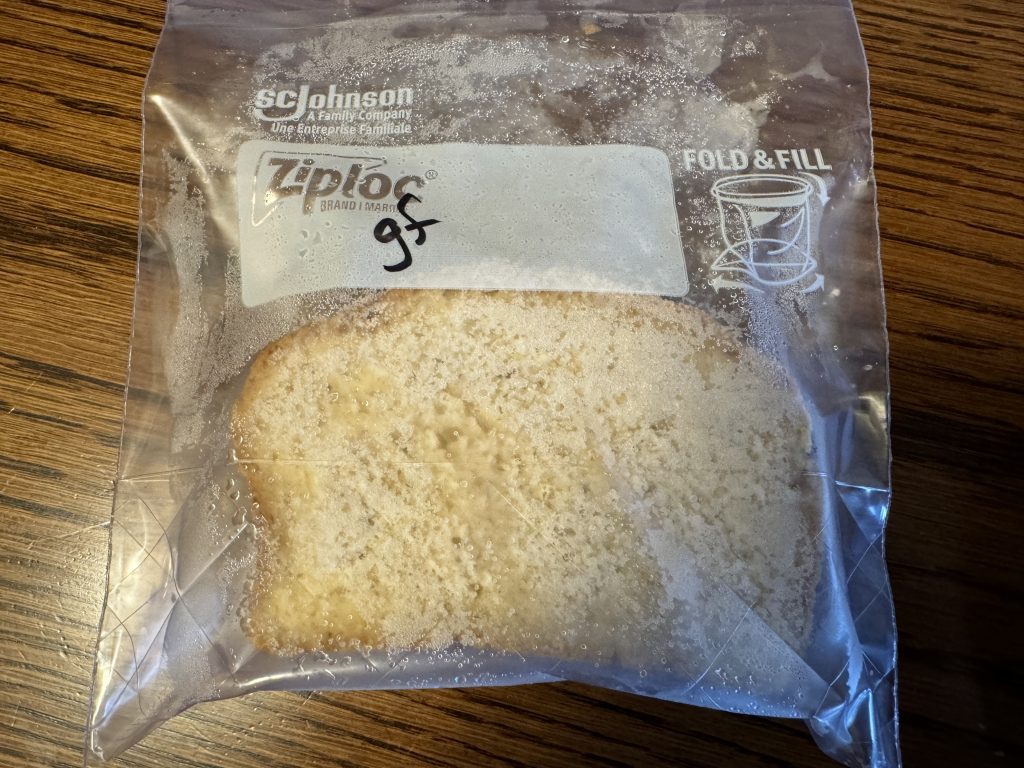
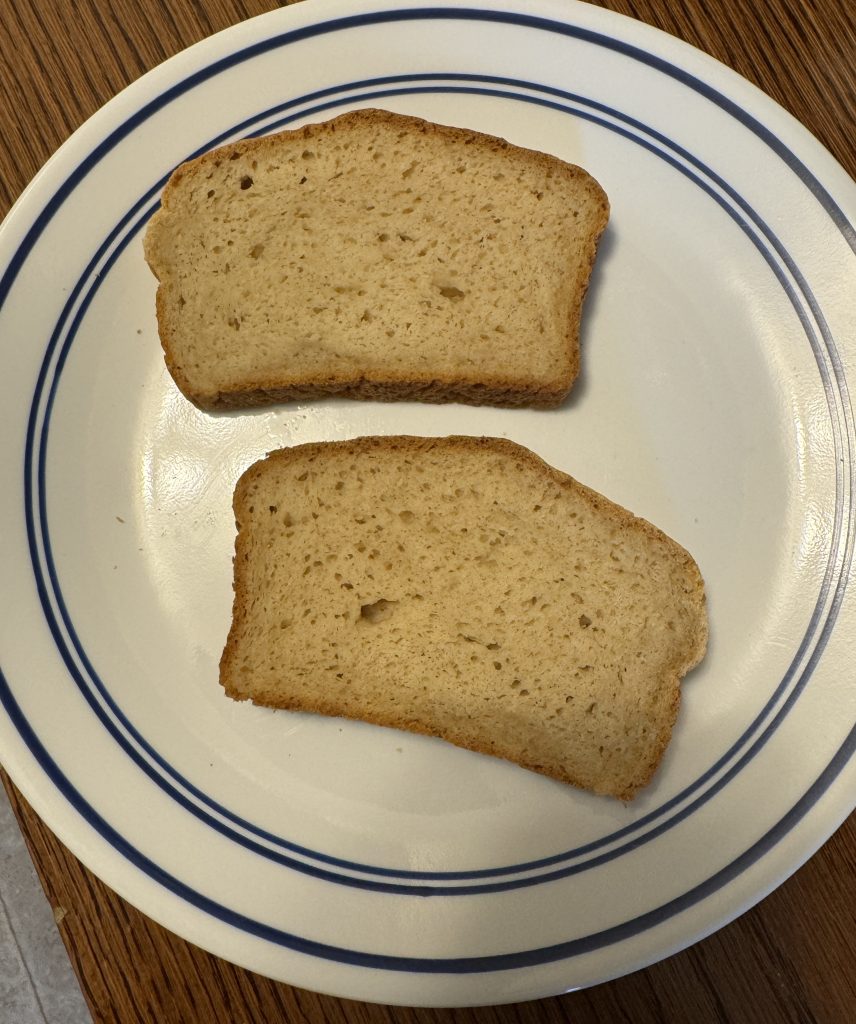
I ended up ordering a 4.5 pound bag of the gluten-free all-purpose flour so I could try a few more recipes. I printed out just a few recipes to try. More about those over the next few weeks!
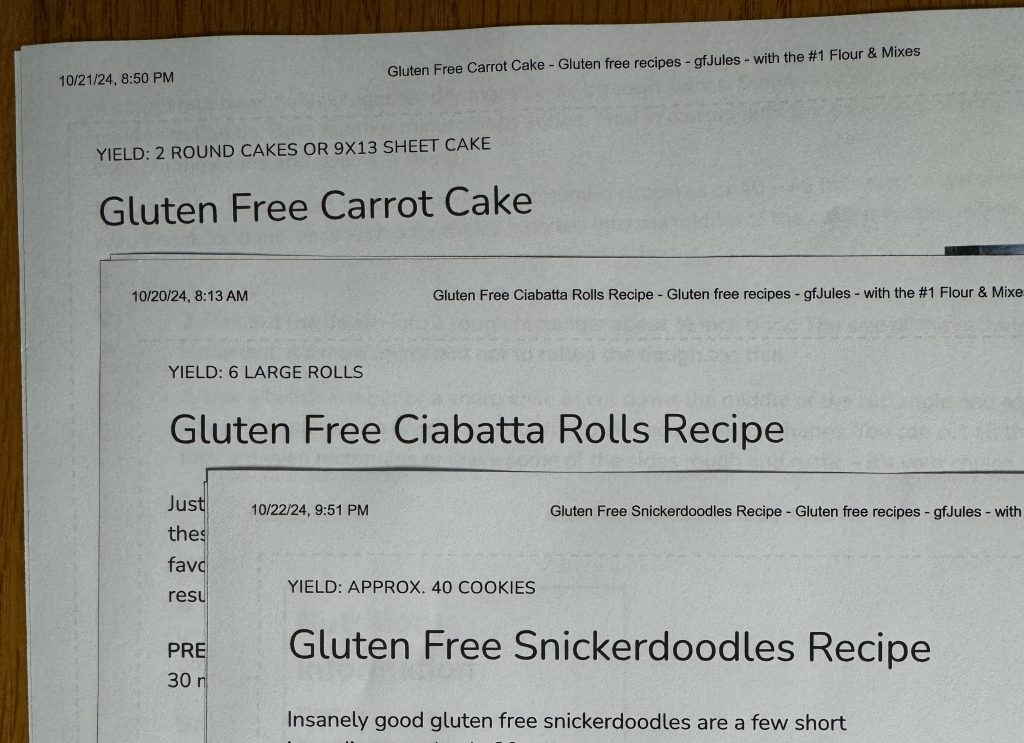
Here are the details about the all-purpose flour.
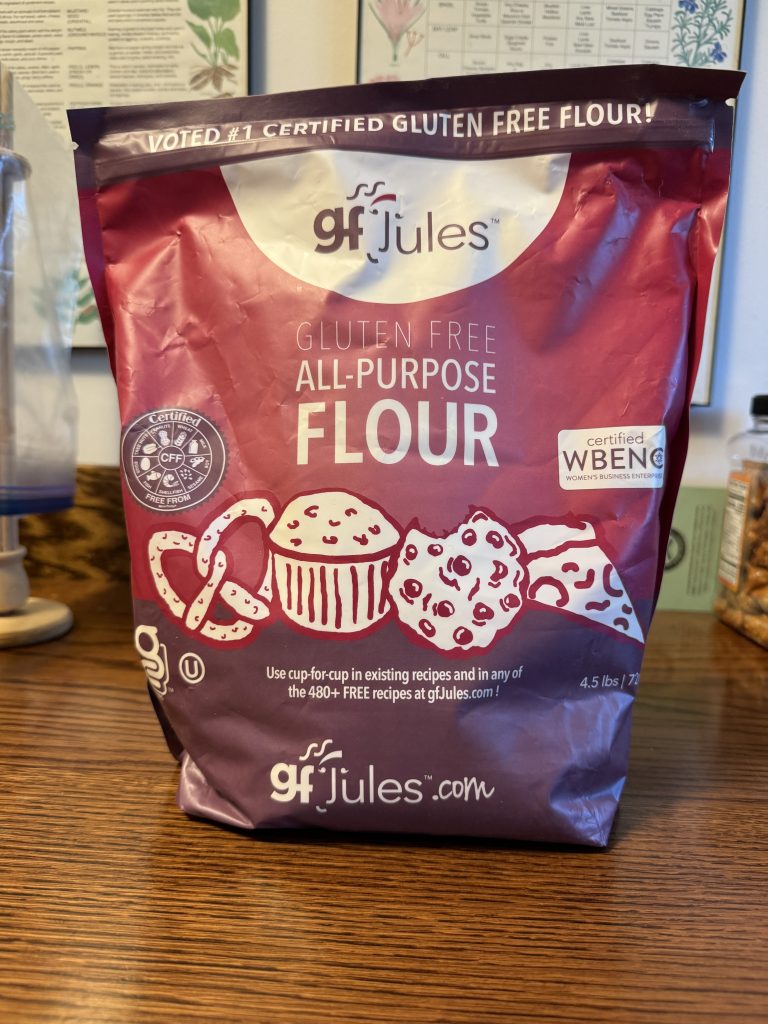
Here are the ingredients for the gluten-free all-purpose flour from https://gfjules.com.
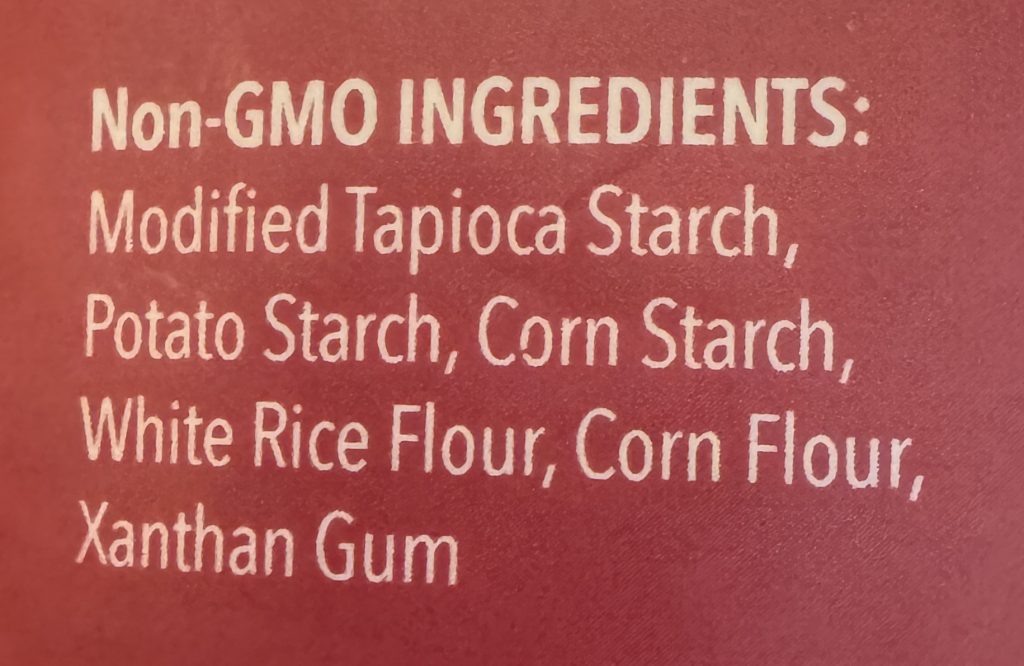
Over the next few posts, I’ll share some other recipes using some mixes I found at Trader Joe’s and Wegman’s. There seems to be a lot of interest in gluten-free products. I’m hoping by the next bake sale I’ll have some great recipes to share!


